
80 years from now your great grandchildren will be chopping the roof off your ’90s dream car, just because they can.
Okay, that’s probably never going to happen; I’m just trying to scare you. I’m also trying to give some context to the savageries of hot rod customisation and modification – Mr. Toshinori Sehoji’s day job.
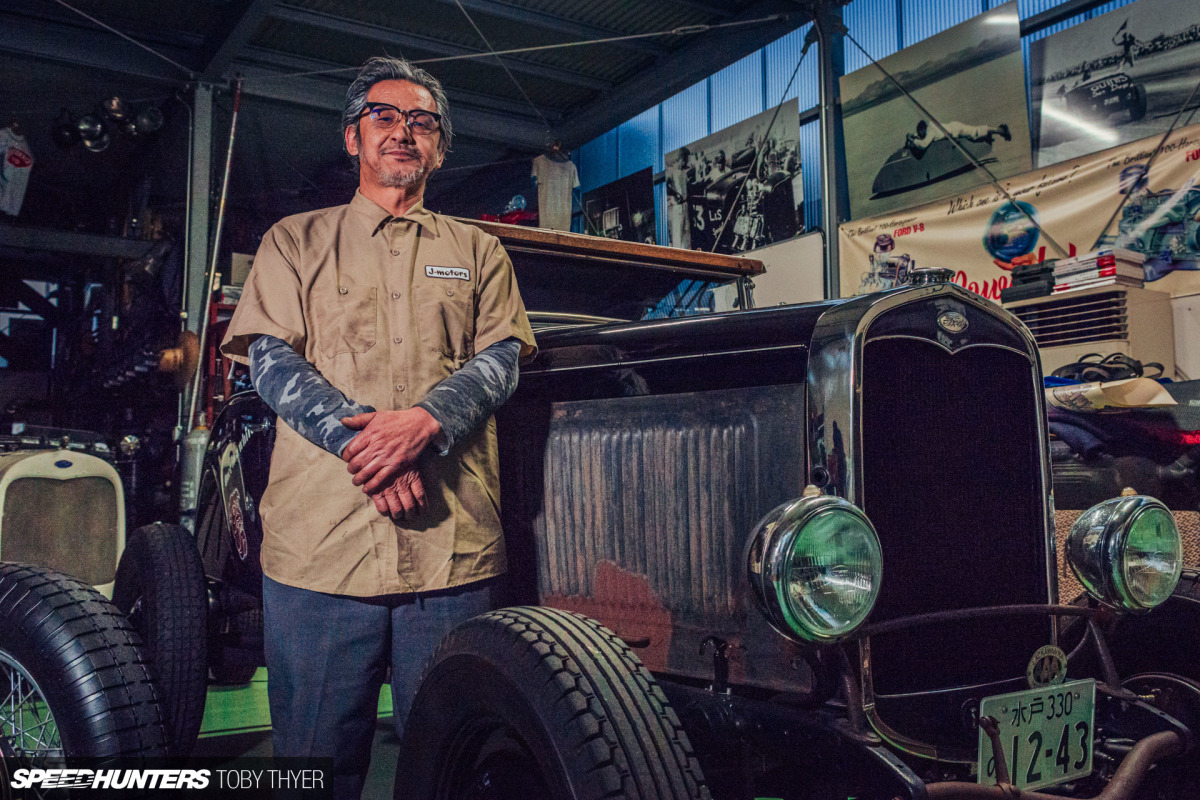
Sehoji-san is the owner of J-Motors, a vintage car and bike dealership in Saitama Prefecture specialising in rare European and American cars. Before we head over to his shop, let me show you a couple of the gems that were for sale and in for service when I dropped by.

The building sits on a triangular wedge of land, and is split into half workshop and half showroom/service area. It’s all very clean, bright and well organised in the latter.

From Alfas to Mustangs to VW buses, the cars at J-Motors are all absolute minters – stark contrast to what you’ll see in a moment. This Ford Model 40 is the before; things get pretty crazy once Soheji-san lets loose in his workshop operating theatre.

There’s plenty to smile about in here, and it’s not just the front of this Panhard PL17. It’s funny how a bizarre French saloon can upstage a Corvette and Mustang, and everything else in the room.
Once I had picked my jaw up off the floor, I was grinning from ear to ear as I followed every piece of curved aluminium trim around the car. Apparently these have a super low drag coefficient of 0.26cd (a 1999 Honda Insight was 0.25cd), which is pretty impressive for a 1960s car. In 1961, the PL17 took 1st, 2nd and 3rd spots on podium at the Monte Carlo Rally. Totalement fantastique.


Opening the hood like a corporal from the French Foreign Legion wrestling a hippopotamus, J-Motors’ in-house mechanic revealed the twin-cylinder air-cooled boxer which propels this beast at speeds of up to 130km/h. While poking around, we noticed that the engine’s heads are very similar to those used on BMW motorcycles of the same era.


I’m sure the designers of the iconic Stingray never imagined being upstaged by a French 2-pot hippo, but stranger things have happened.
I can’t recall whether the Corvette was a customer car or one of Soheji-san’s purchases being prepped for the showroom floor, but I do know that the engine on the stand beside it was for something else…

Umbrellas in hand, we made a dash through the pouring rain to the adjacent building where things are a little less refined.


Don’t get me wrong, Sehoji-san keeps this workspace surprisingly well organised, but it feels more like an antique shop than a garage. In here there’s a distinct smell of rust, oil and nostalgia.


Sehoji-san has been working on cars for as long as he can remember, and has a wealth of knowledge unsurpassed by the walls of memorabilia and parts that adorn his workshop.

Walking around the shop, Sehoji-san pointed out three V8 blocks with bulbous heads, the pair on the stands two of only 50 of their kind in the world. The green-ish block on the floor is a French-made variant which, because of the manufacturing process and materials used, is much stronger than the American-made versions of the same block.
Ardun used to make military parts, but after WWII turned their hand to squeezing more power from overheating Ford flathead blocks. They designed OHV heads resulting in up to 60% more power over stock. Although they never took off commercially, in niche racing markets they enabled the first open wheeler to reach 200mph in 1953.


It’s safe to say Sehoji-san is a Ford man through and through, and I can easily see the appeal. The early cars had an elegant yet utilitarian quality to them, and they have aged gracefully. Plus, those big block V8s make everything else from that time seem puny.


Big old American cars may not be every petrol-head’s cup of tea – and these are not the fastest machines you’ll see on Speedhunters – but I think we can all appreciate them as part of car culture history.
There’s a tactile element to these cars that makes them special, especially when you compare them to the ‘modern’ tat that was being manufactured in the 1980s and ’90s. You won’t find any cheap plastic dash panels or ultra-thin paintwork here.
The Flathead Hot Rod

Sehoji-san was keen to point out the underside side of this customer’s 1931 Model A as being like a new car.


Albeit a little rougher around the edges, this 1929 Model A stole the limelight for me. You can’t paint flames down the side of a car and expect to go unnoticed.


I did not know this until being told, but 200,000 Model As – for right-hand drive markets – were built at Ford’s factory in Koyasu, Yokohama. The plant was open to visitors and almost certainly influenced Japanese engineers at the time, including Nissan, who opened their first plant nearby a few years later.


Obviously, the hot rods that J-Motors build are a far cry from how their base models rolled off the production line, both mechanically and aesthetically. This Roadster originally had a higher back that’s been cut low and capped with wood trim. The seating position has also dropped a good 150mm, and the seats came from a P-51 Mustang fighter aircraft.

There are so many cool little details in this car – a wall of gauges, custom components, paint and other random parts. But best of all has to be the steering column stay, which was fashioned from a connecting rod and has a gauge built into it.
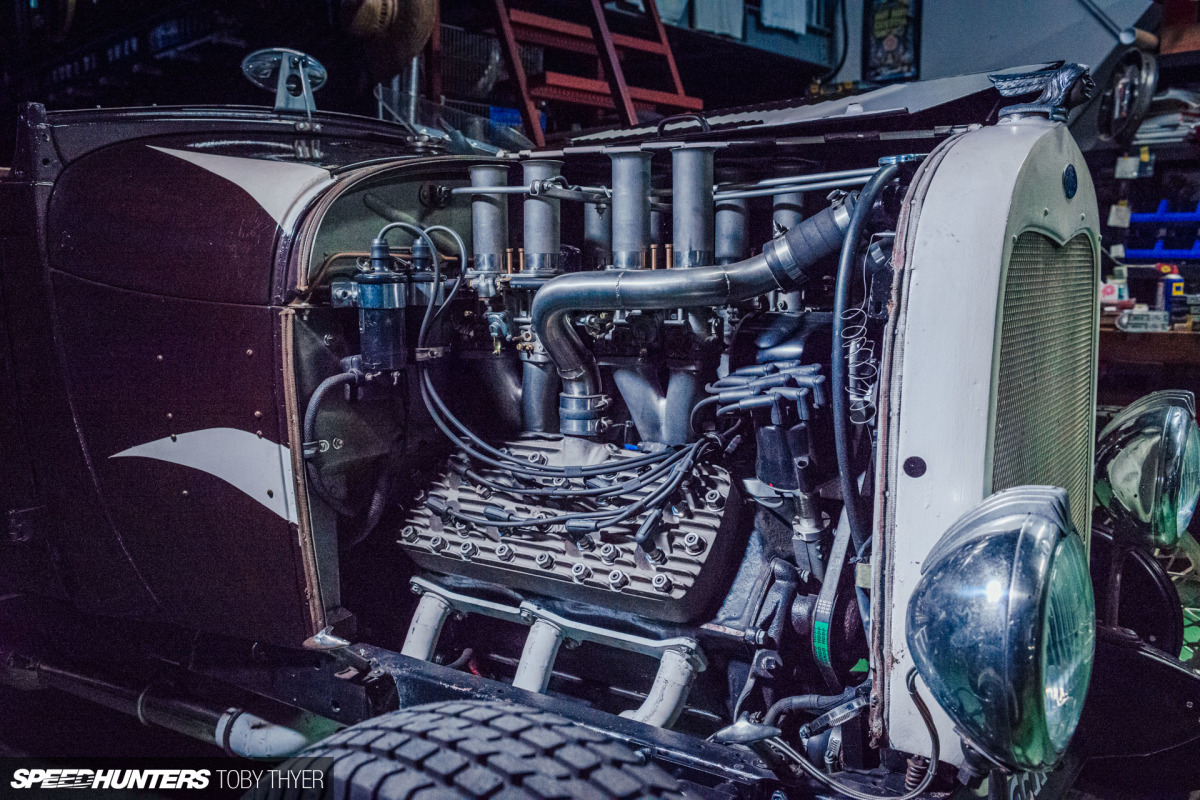

Ford Model As were originally fitted with inline fours making around 40hp, but hot rods like this one are now making double, thanks to the flathead V8. It was one of the first mass-produced mono-block V8 engines, and utilised pioneering crankshaft manufacturing processes. When hot rodding took off in the ’50s, these big old engines would have been abundant and a huge upgrade over stock.

My favorite build in the shop was another Model A. This one has been around the traps since the beginning; the drag racing photo above shows it in action back in the ’60s.
It’s being rebuilt by Sehoji-san for a customer who wants to take it dirt racing. Yep, that’s a thing here in Japan, and I’ll soon be sharing an event I attended with you. It’s as cool as you’d imagine it could be, and dustier than the inside of a Dyson vacuum.


To accommodate the larger-than-stock flathead, Sehoji-san has had to move the steering rack back using a custom bracket. There’s also extensive reinforcements to stiffen up the flimsy tub, as well as all-new steering and suspension components.


Remember the block sat beside the Stingray back in the showroom? Well, that’s going into this dirt racer. For now, Sehoji-san has a standard flathead dummy-fitted so he can get the mounting spot on before dropping the new block in.
The Hilborn injector and supercharger is another famous bit of kit among hot rod enthusiasts. Born from dry lakes racing in California during the late-1940s and ’50s, Stuart Hilborn pioneered the use of fuel injection and forced induction in racing. Hilborn injection became the standard for drag and circuit racers of the time, and the components took podium at the Indy 500 some 32 times.


These front wheels are apparently from a Jeep, fitted with Avon Traction Mileage tyres for ultimate grip when sliding through the dirt and gravel. These are actually fitted as original equipment on old Land Rovers.
In the rear, a Dutchman axle is mated to an original V8 rear diff. Dutchman is another iconic motorsports manufacturer that’s been supplying race car components since the ’70s.


This thing will be an absolute beast on the dirt track.
The history behind these cars – starting from their development of manufacturing processes by Henry Ford and his team, through to the hot rod scene of the ’40s and ’50s, all the way through to the ’70s and right up to present day interpretations – is really fascinating. I grew up with old cars like this thanks to my wonderful Uncle Tony. They weren’t hot rods, but they gave me a first taste of vintage cars and the joy they bring.
Next up I’ll take you out onto the dirt track to see how all this cutting, welding and modifying translates to a truly epic time.
Toby Thyer
Instagram _tobinsta_
tobythyer.co.uk

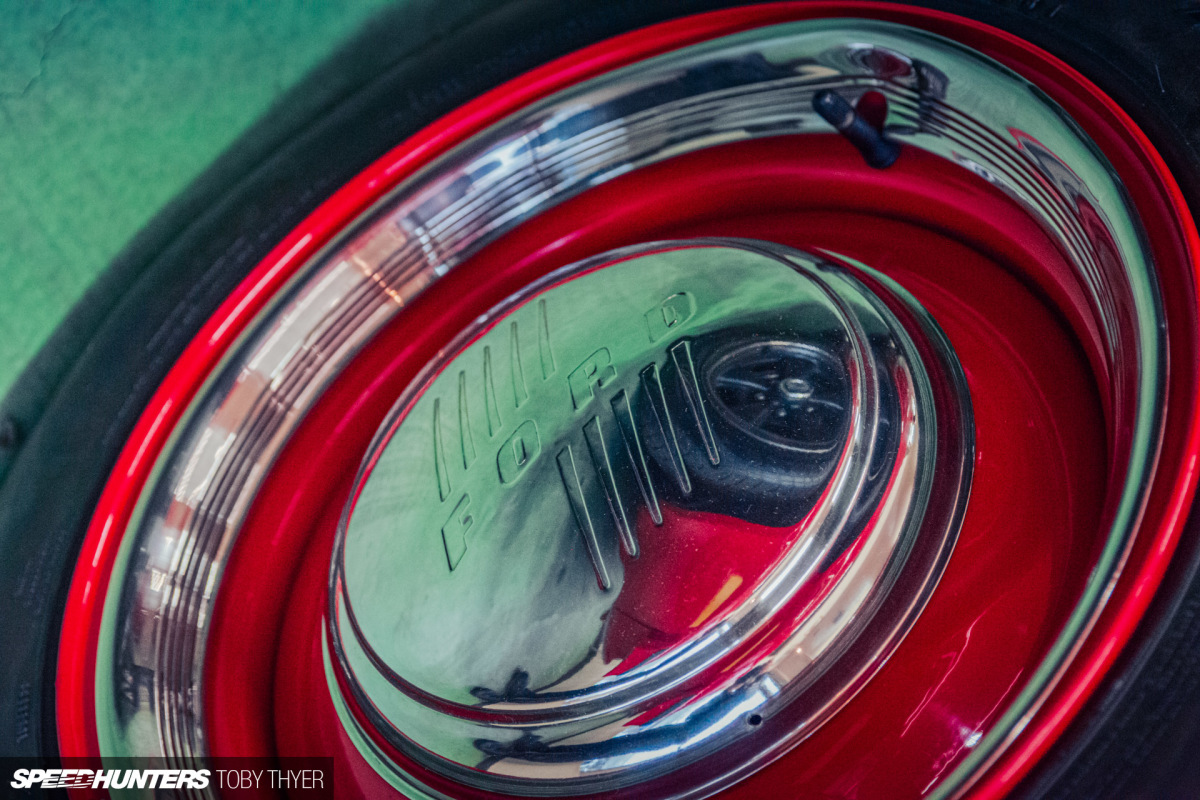
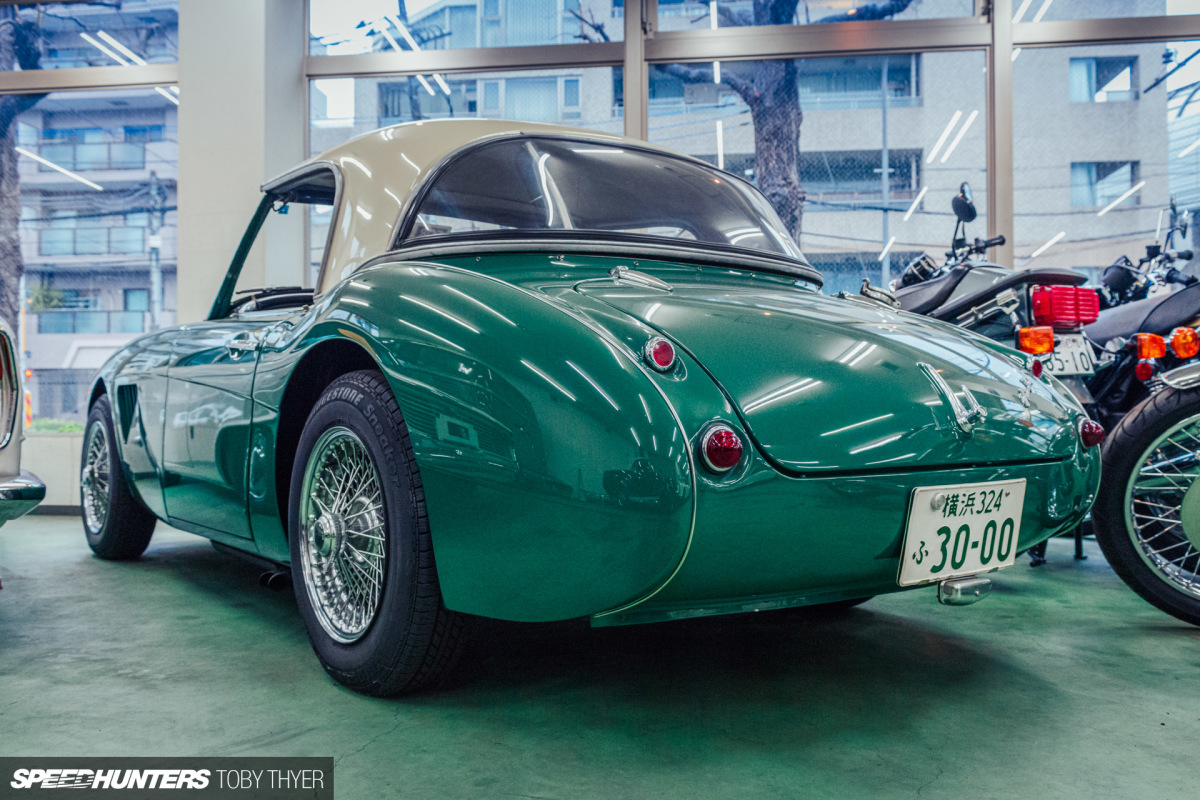
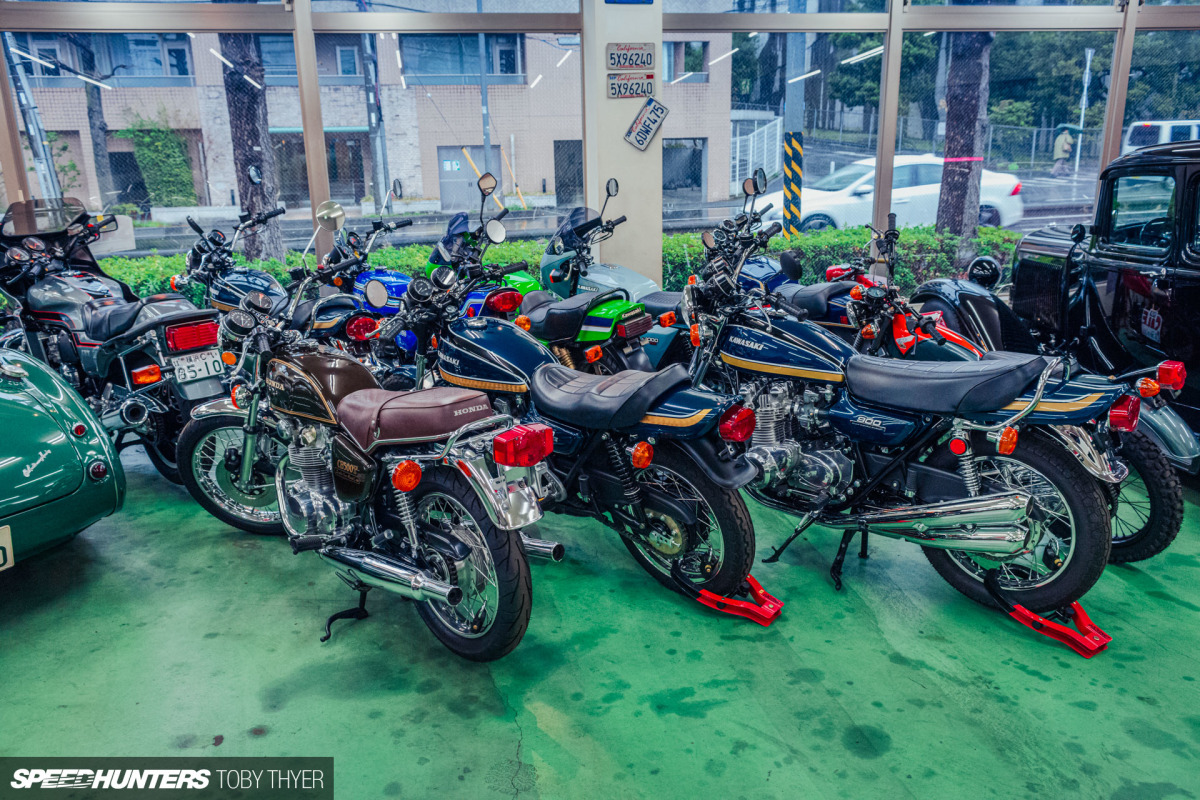
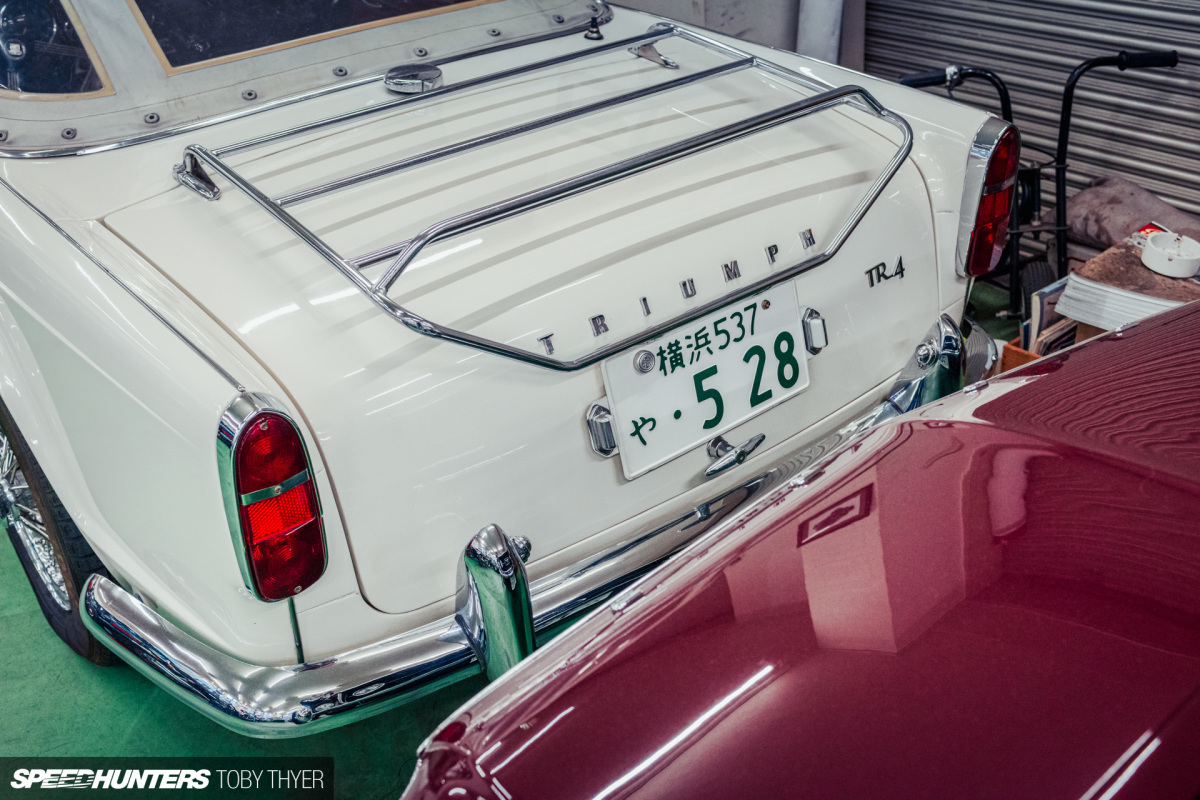
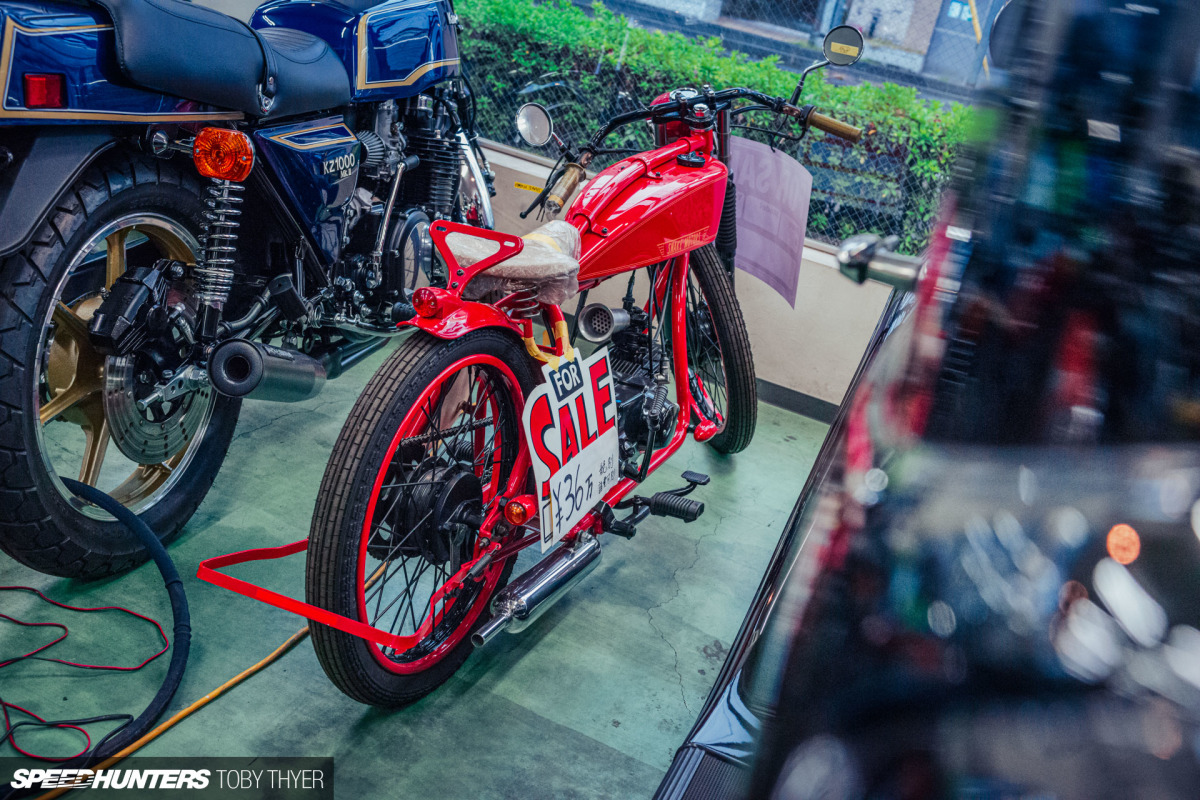
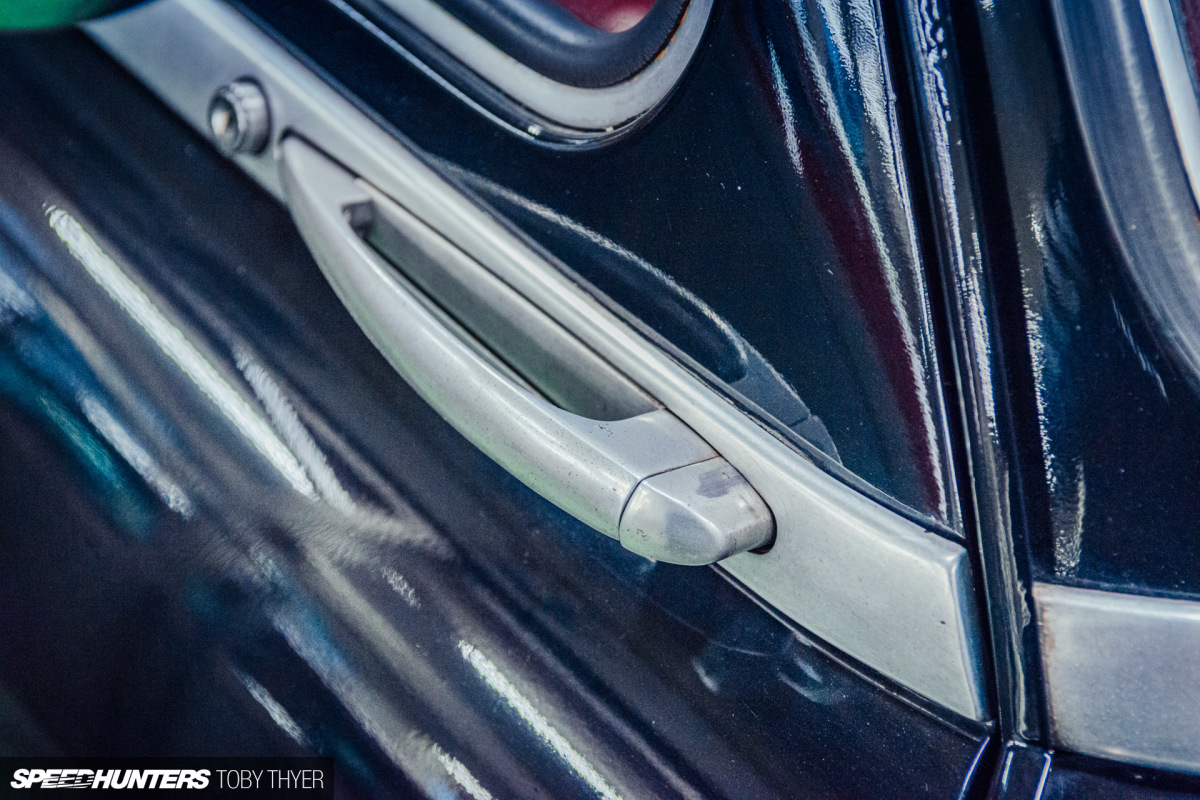
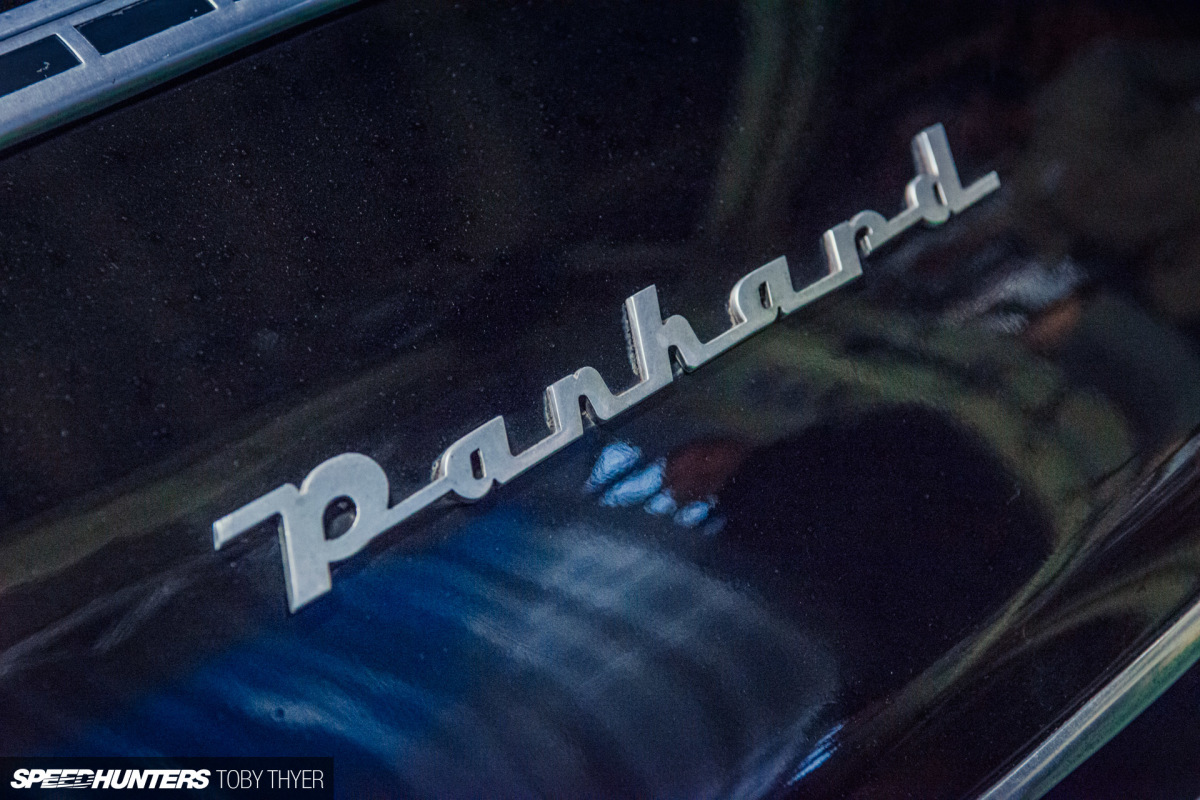
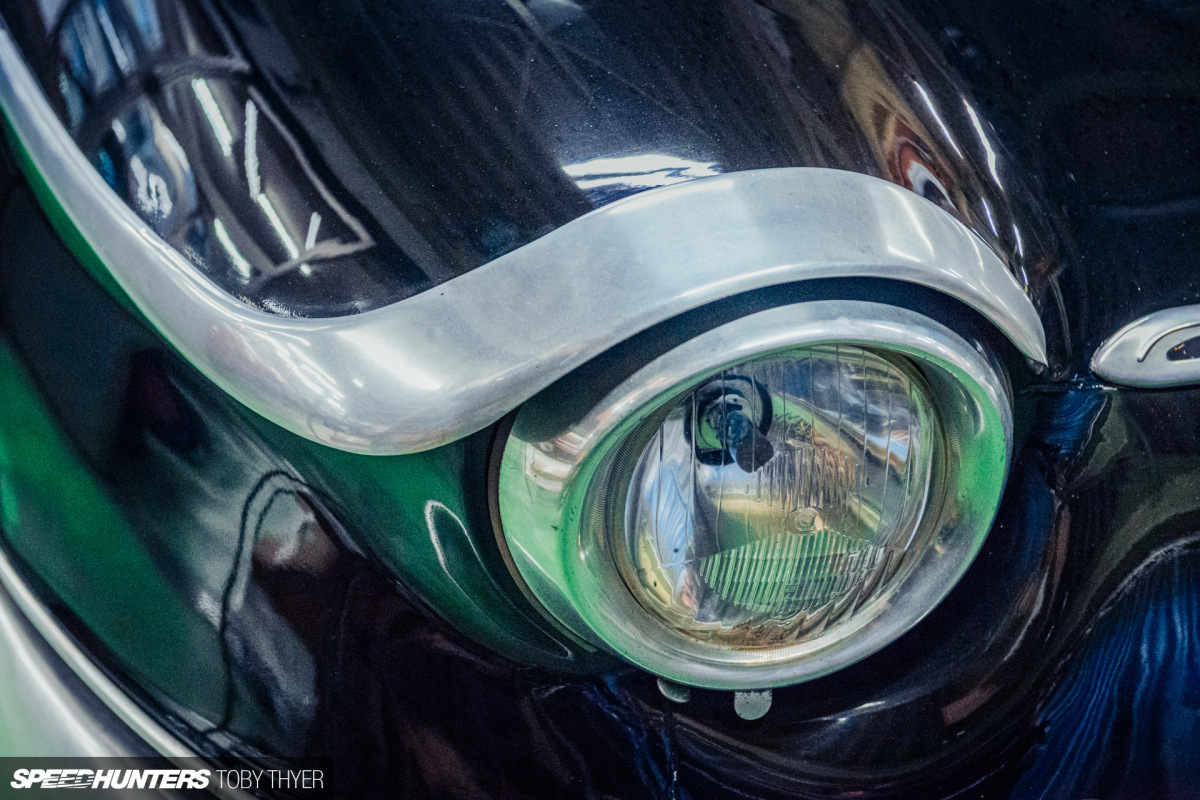
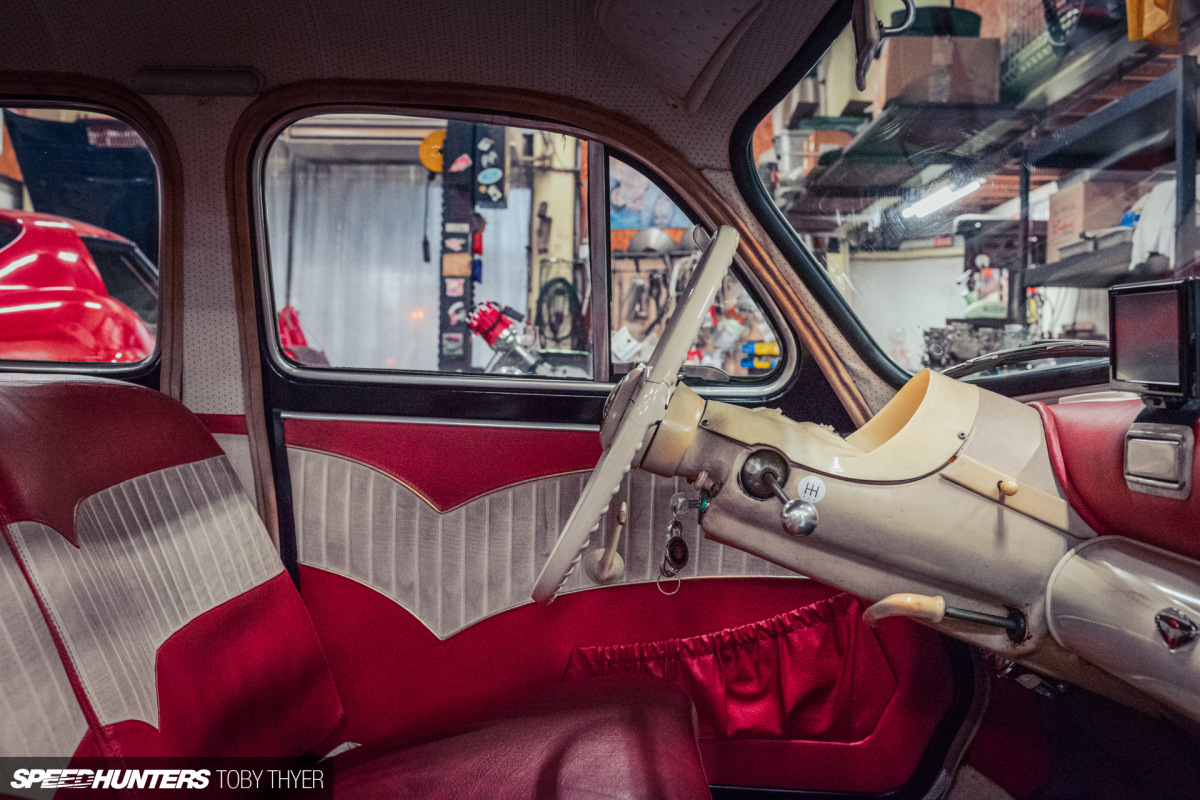
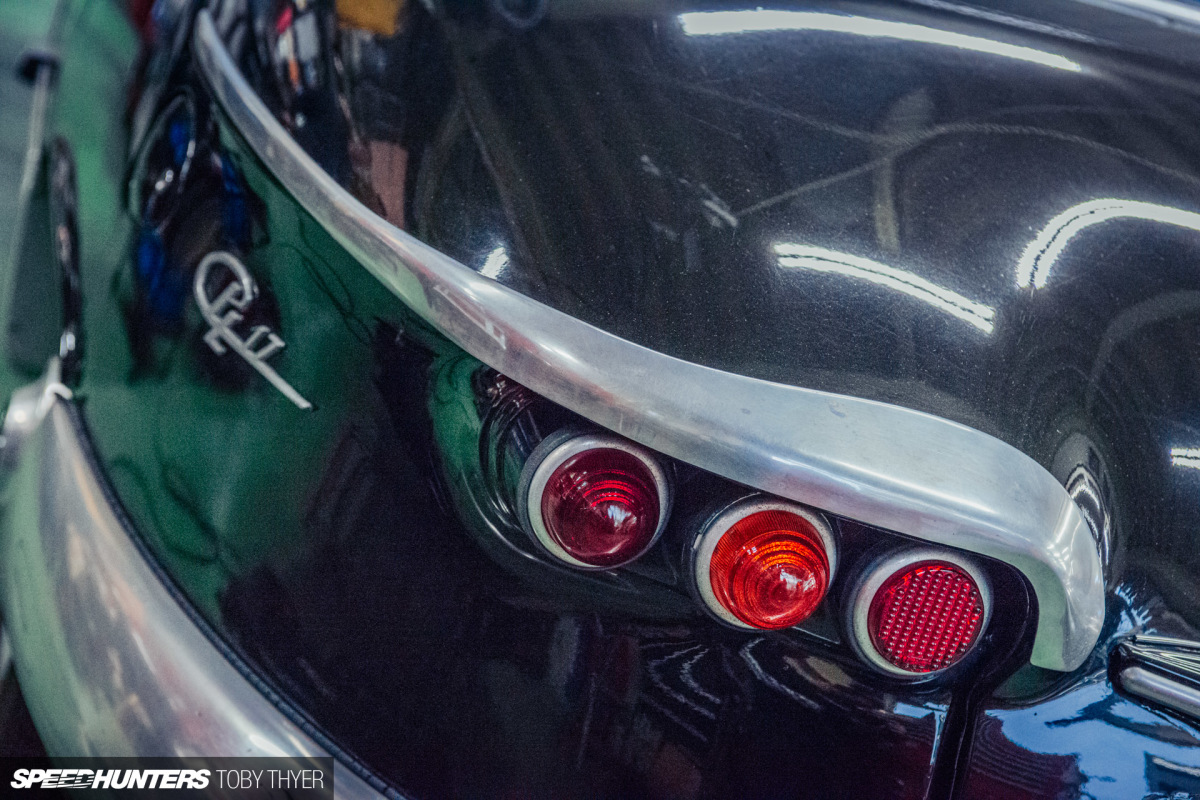
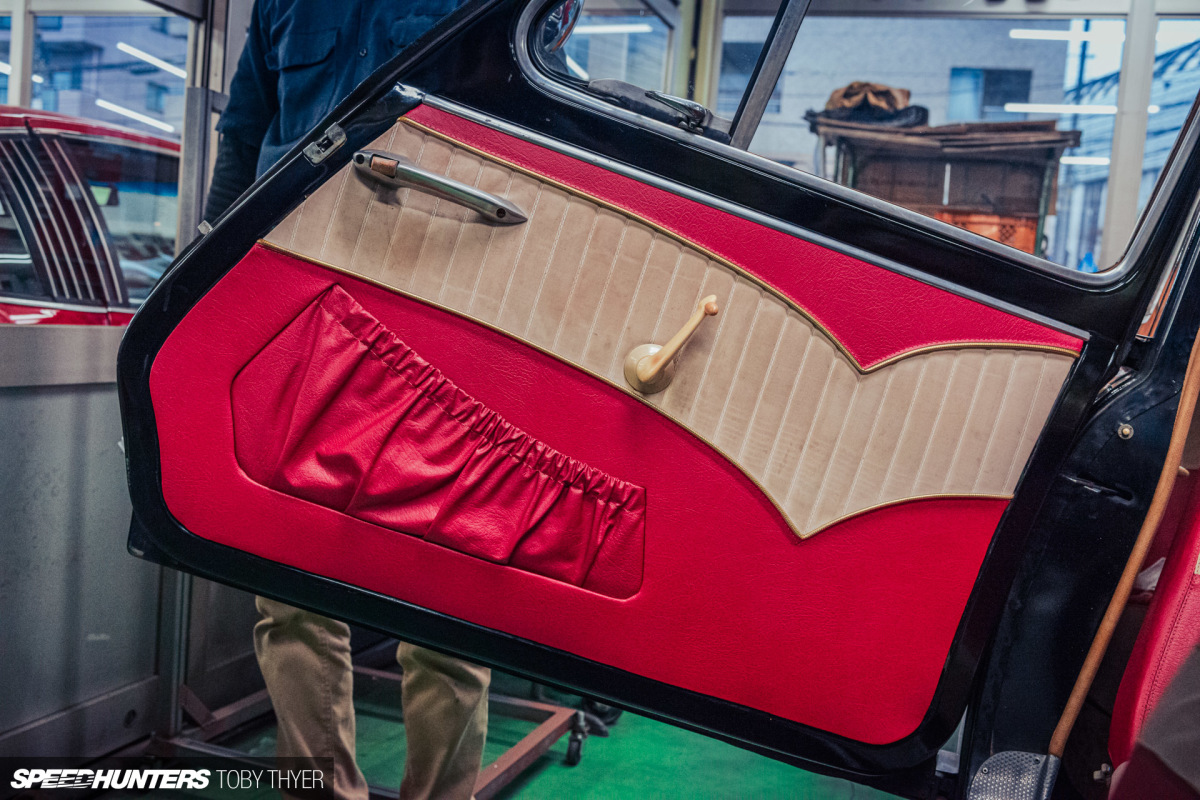
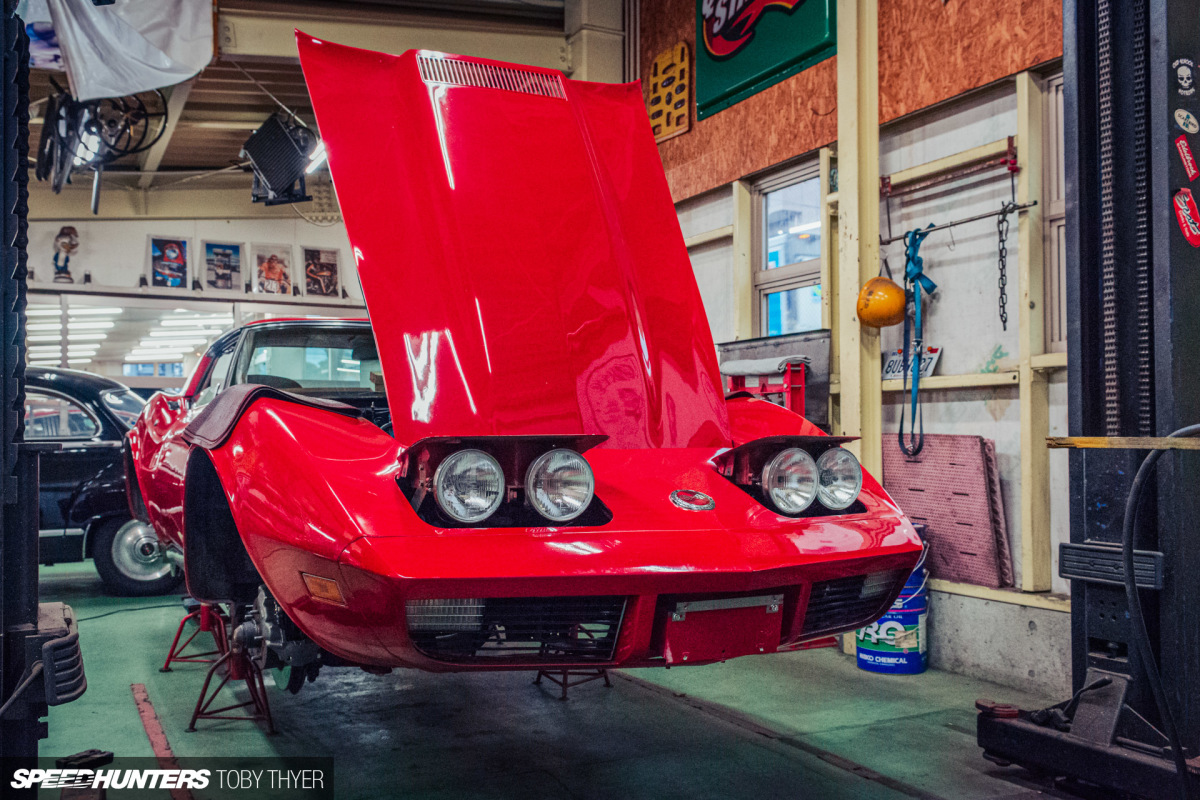
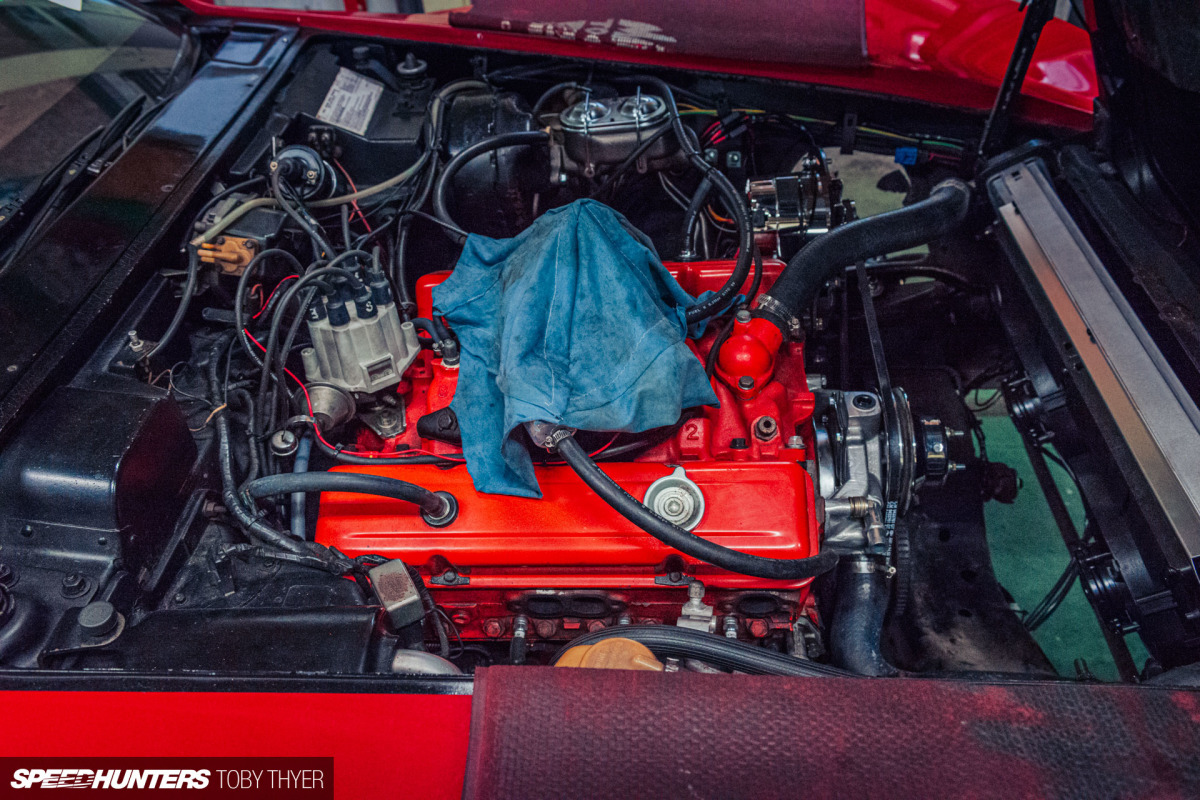
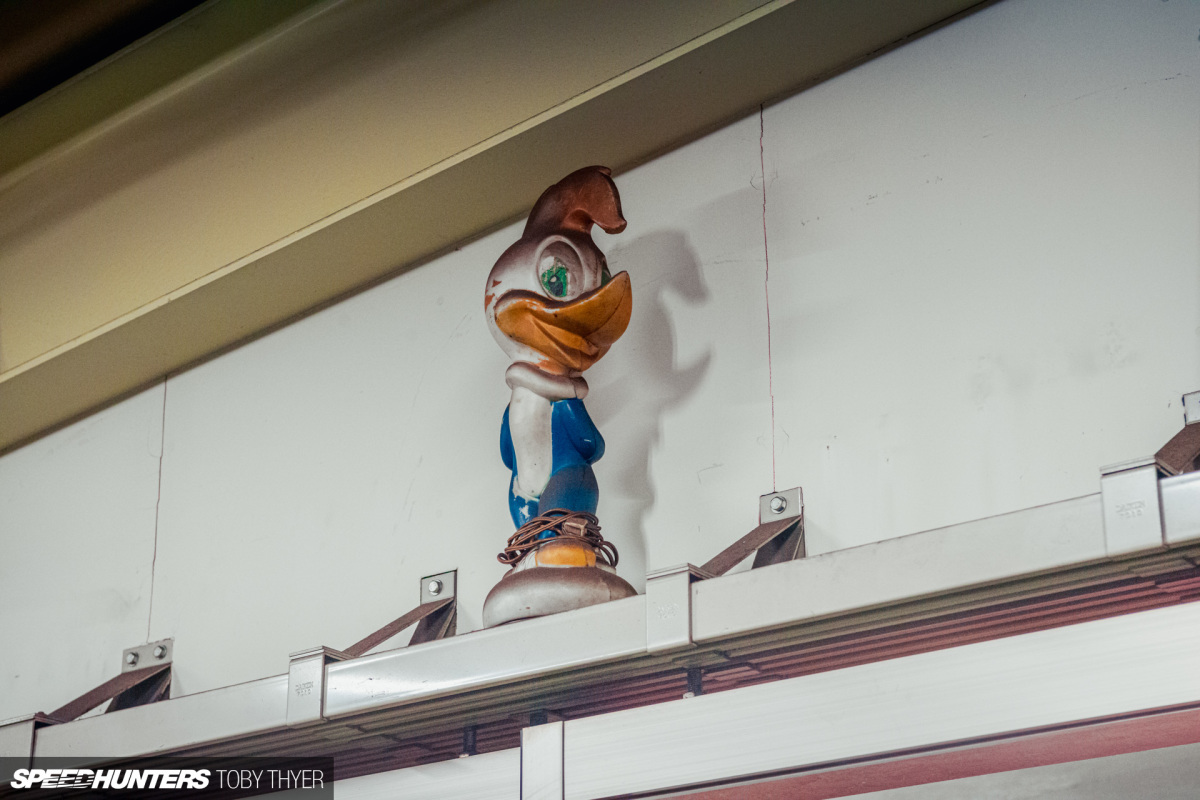
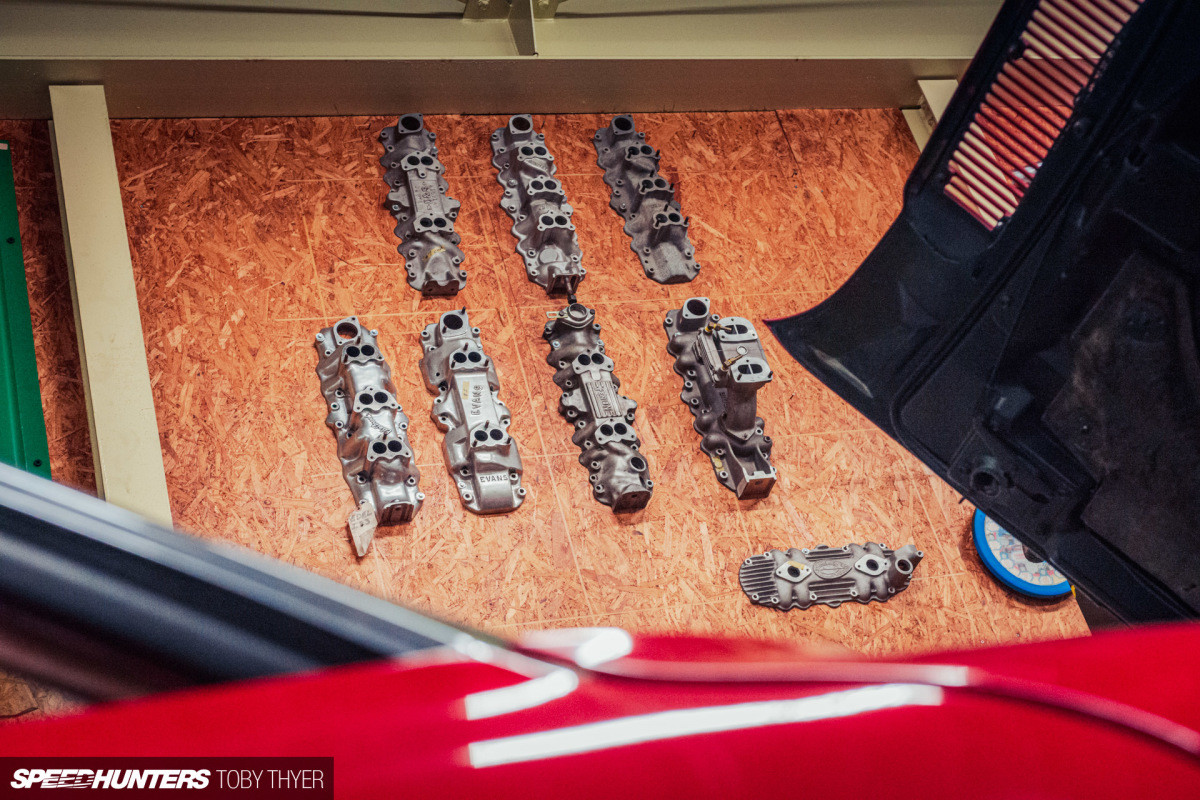
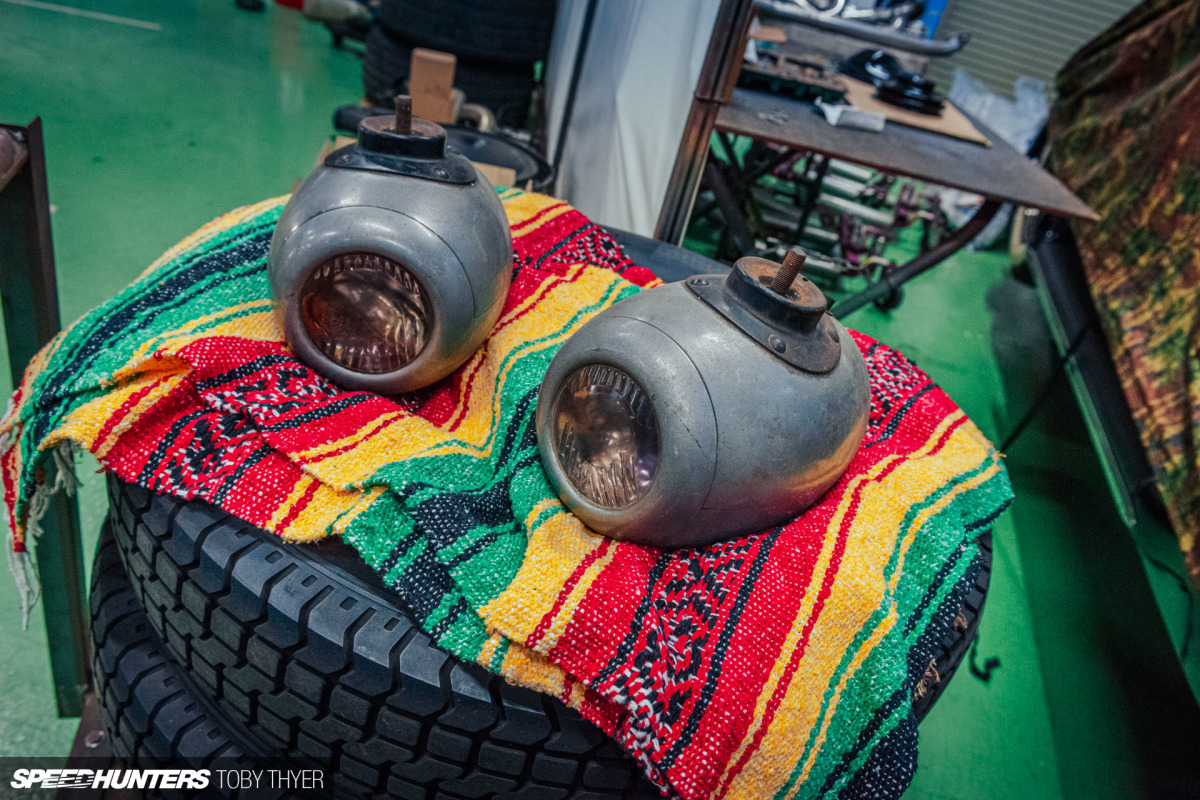
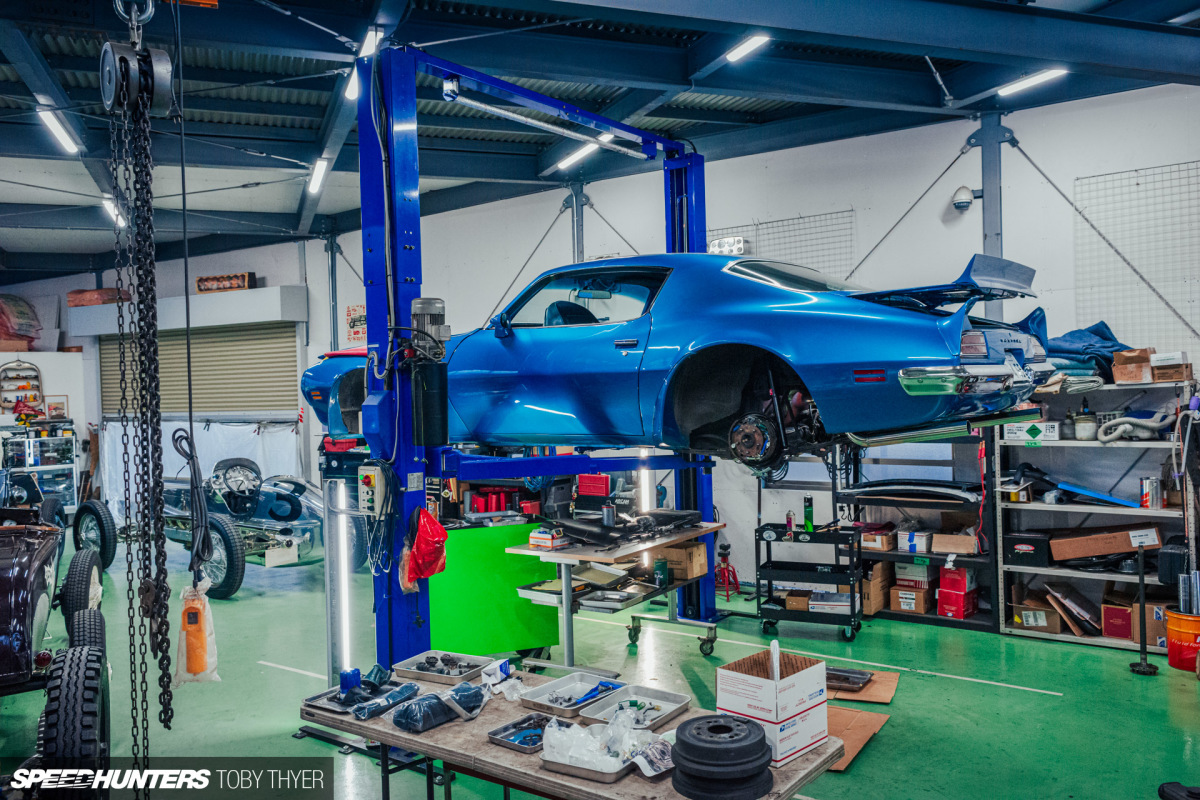
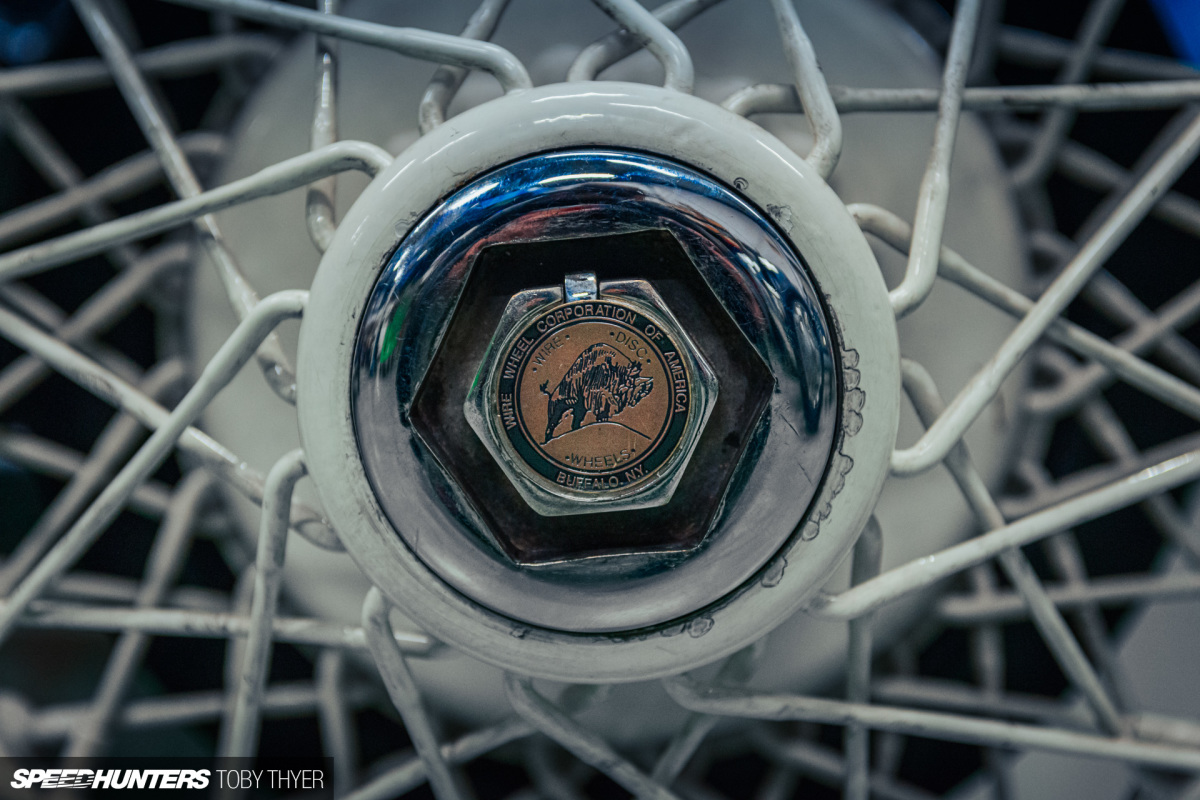
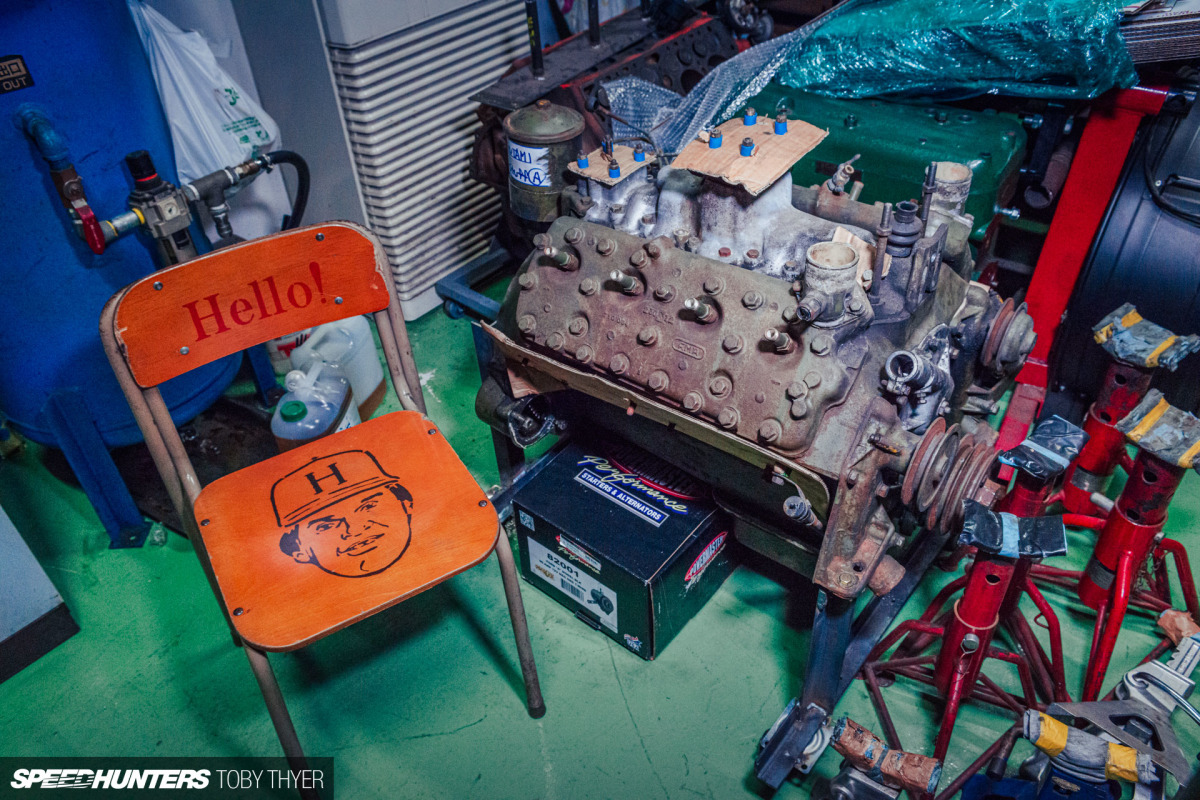
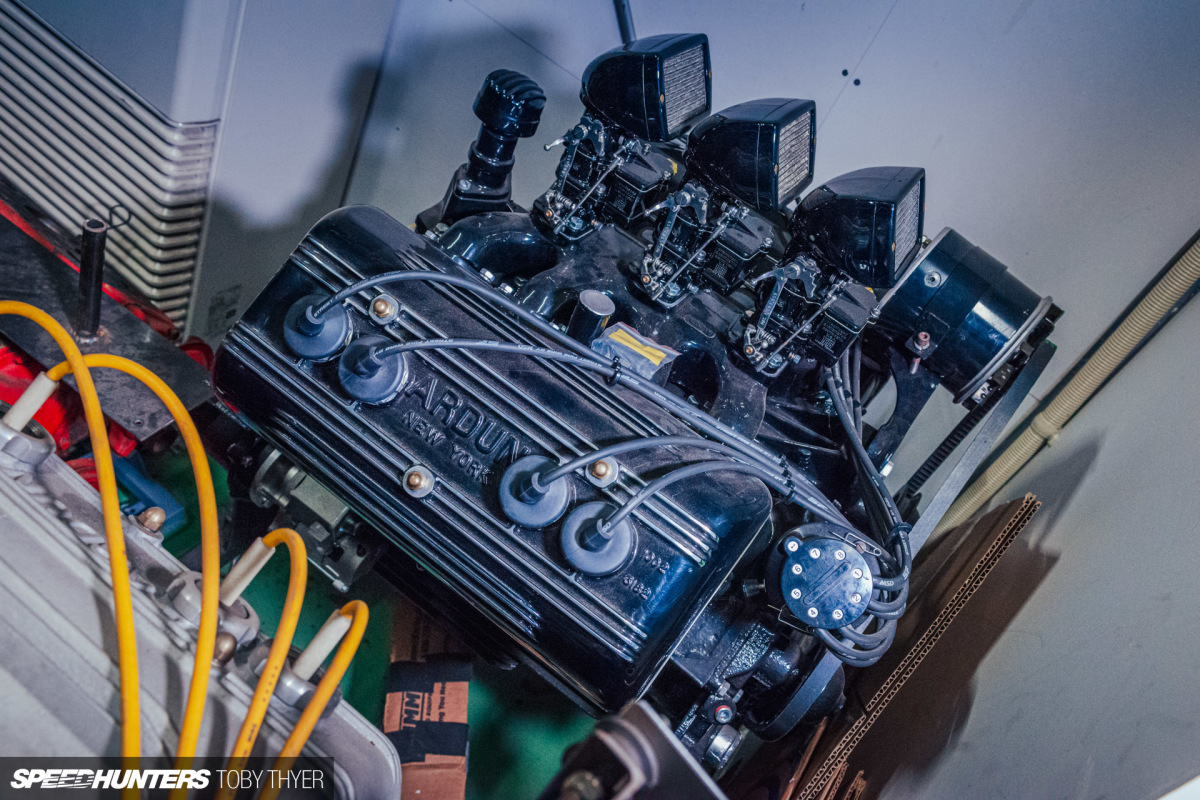
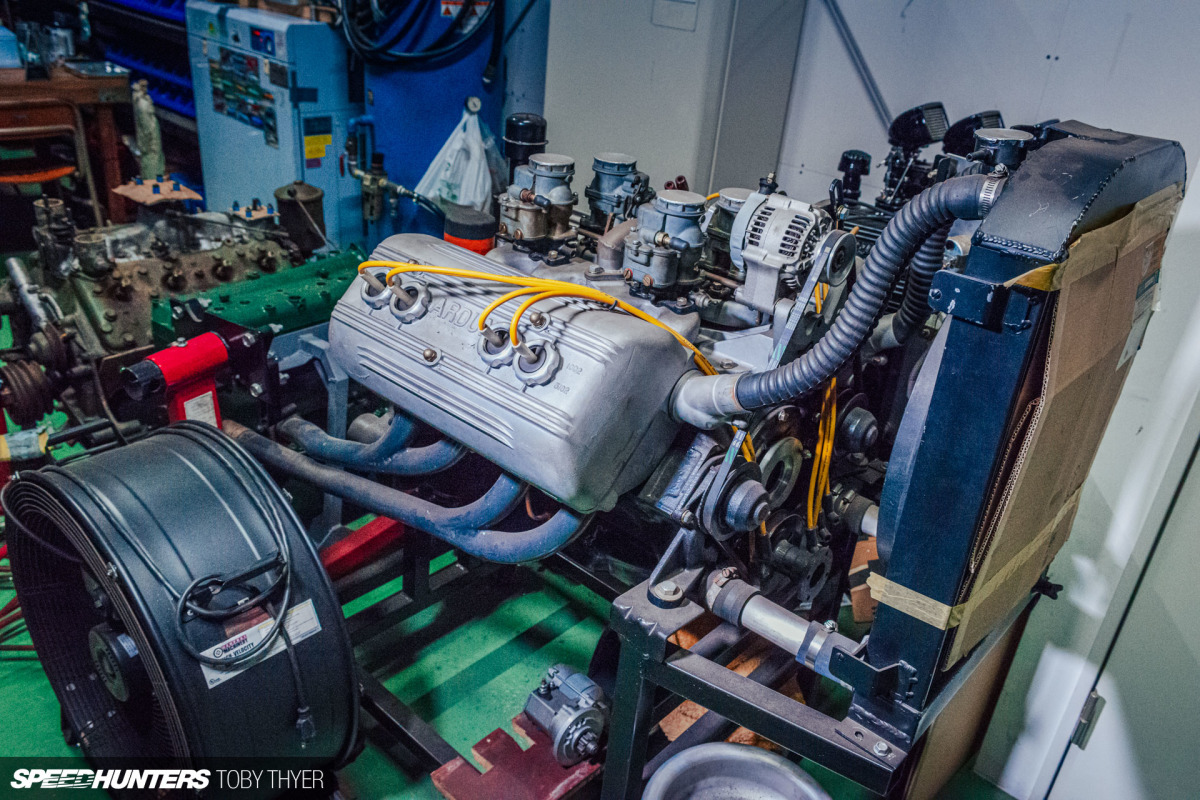
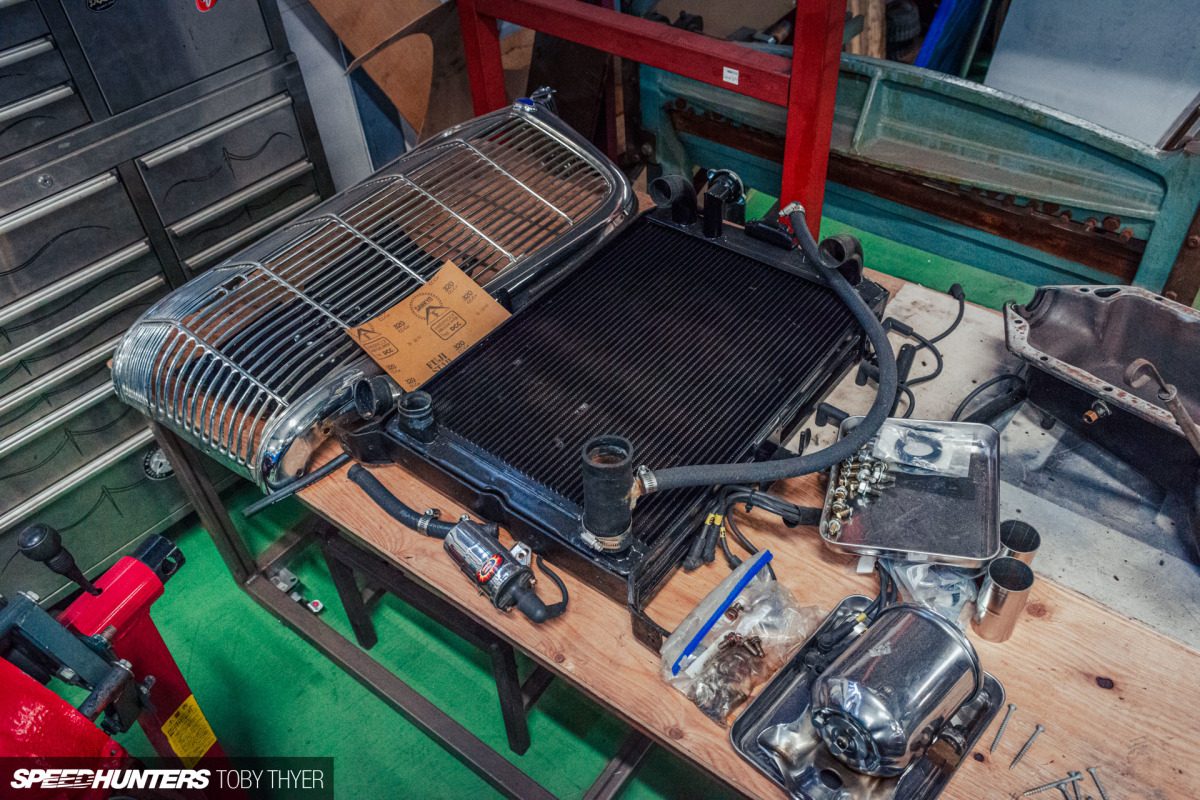
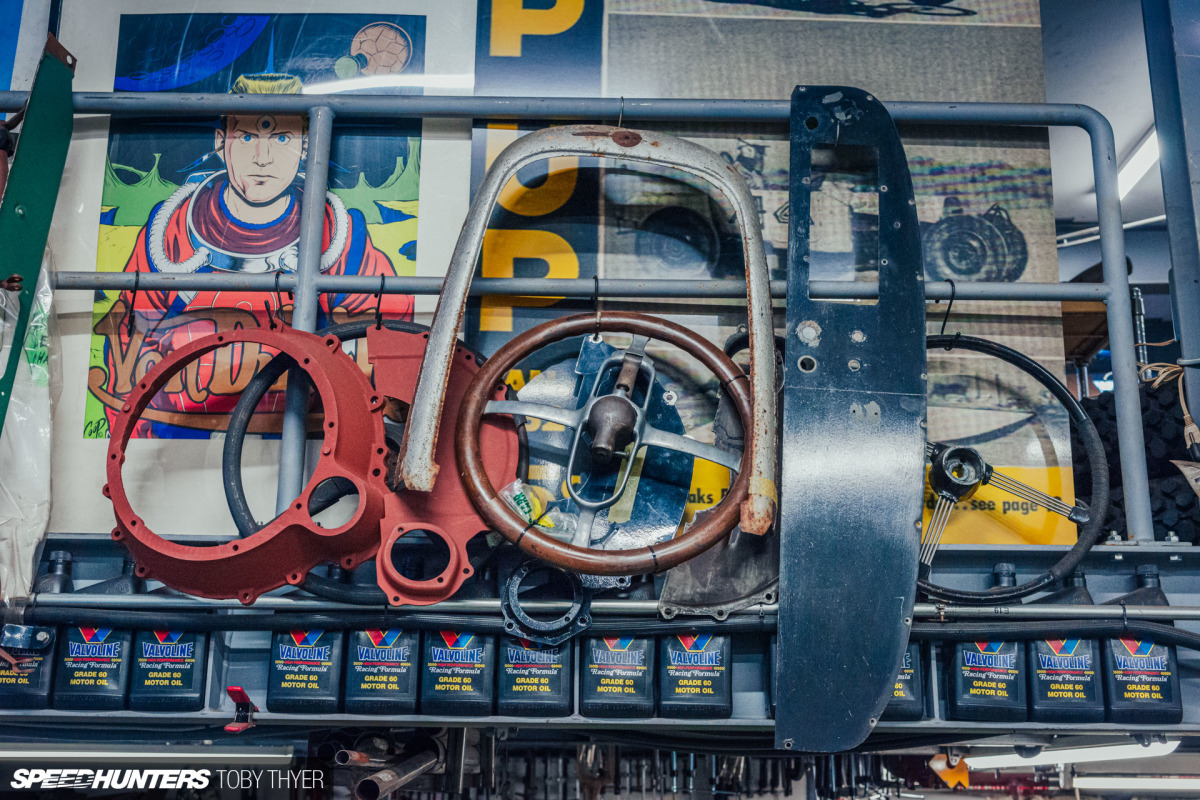
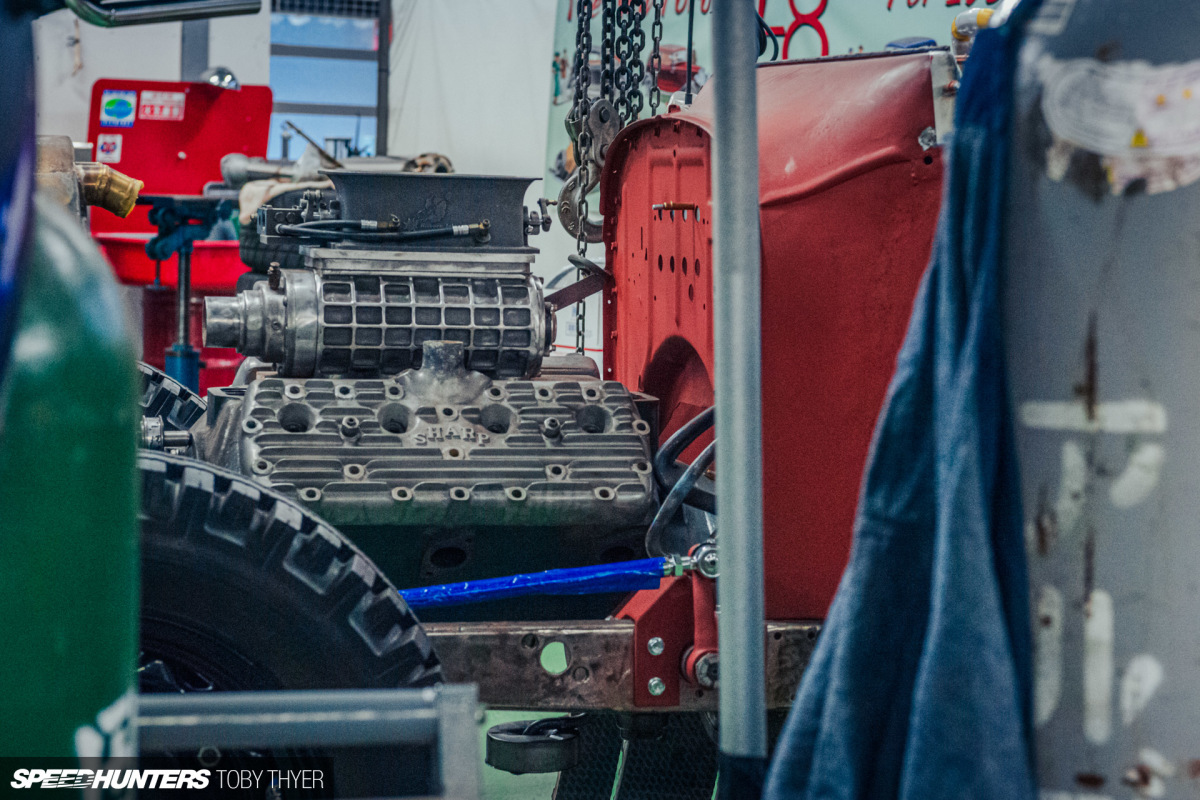
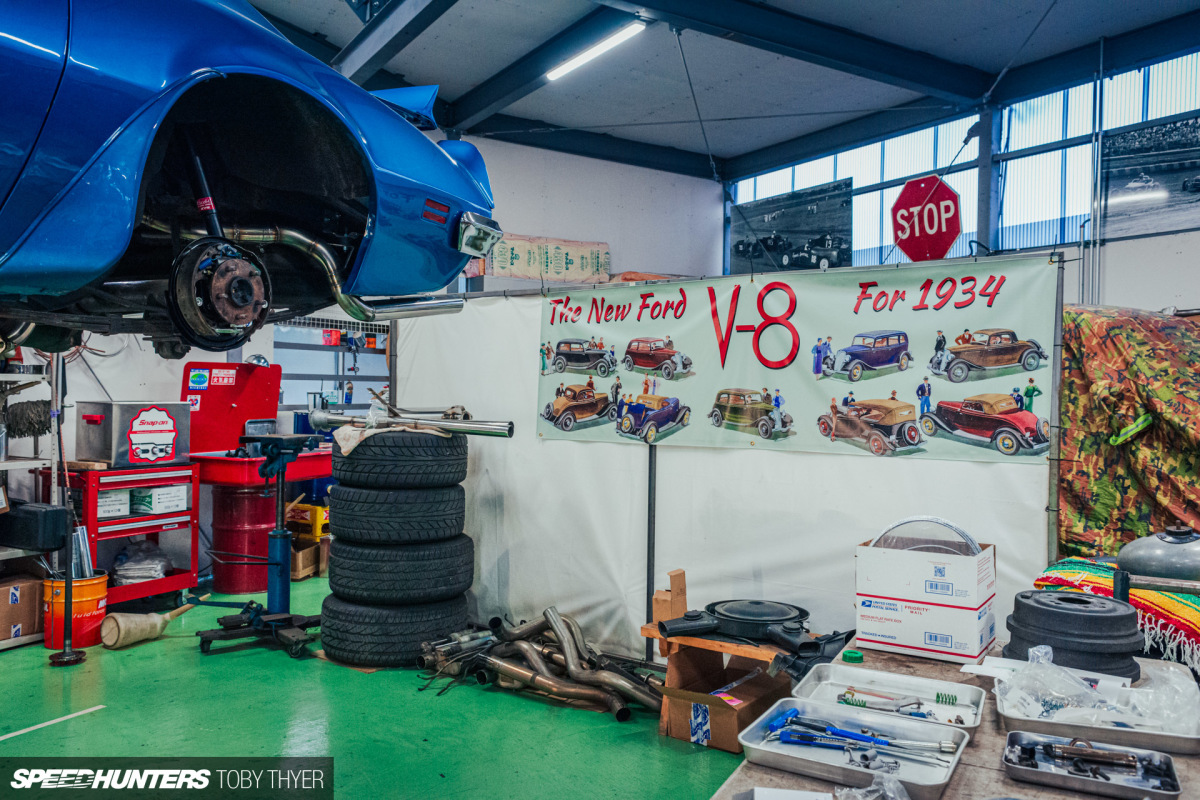
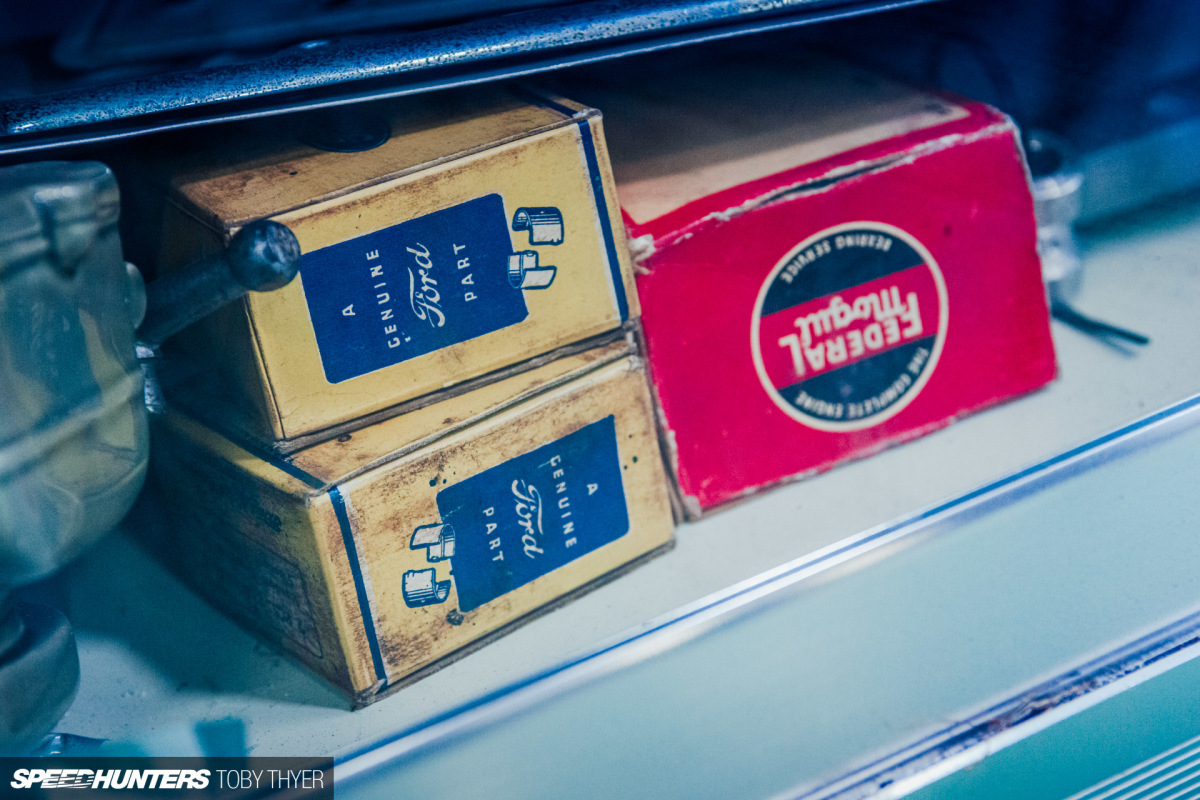
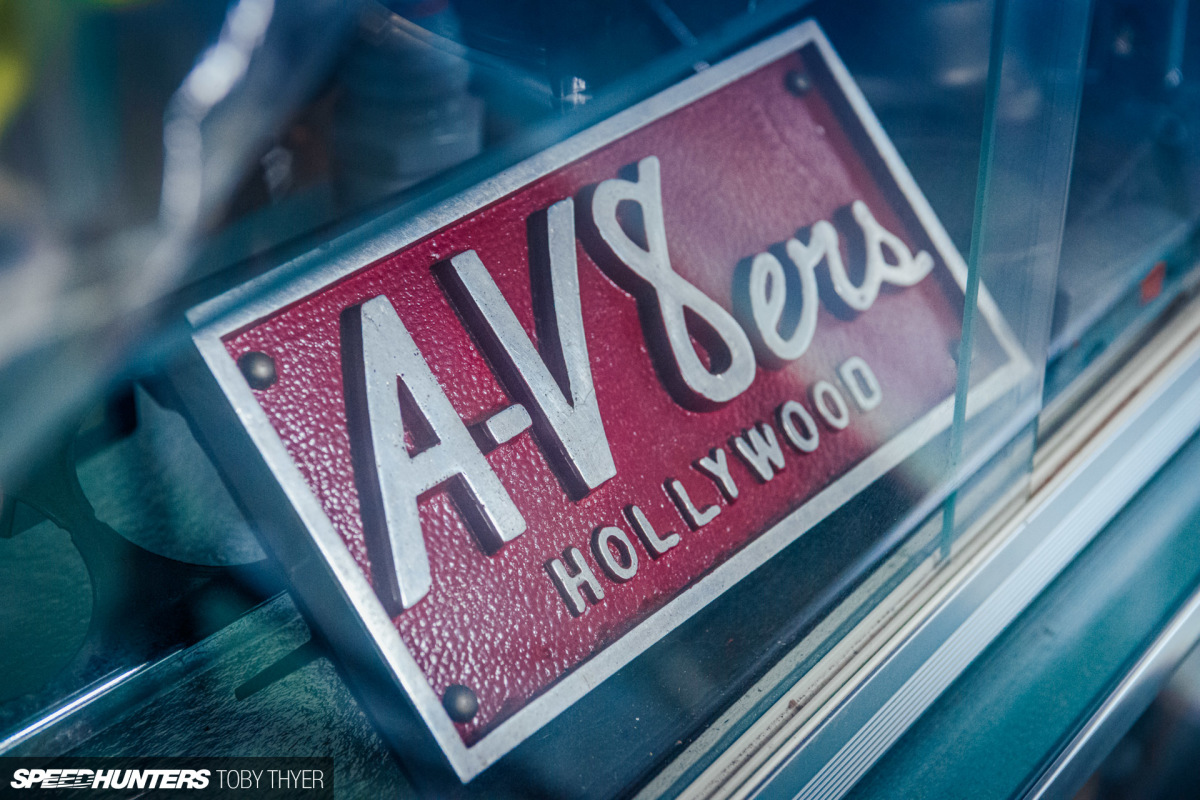
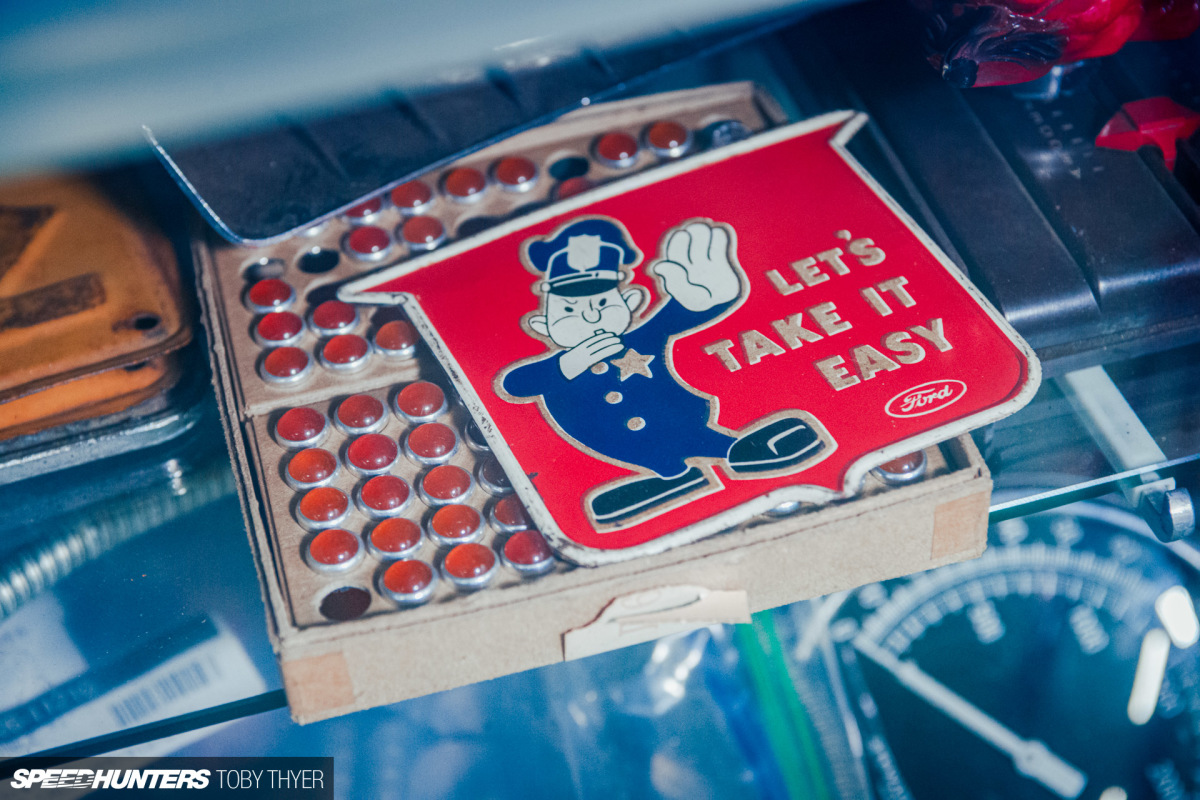
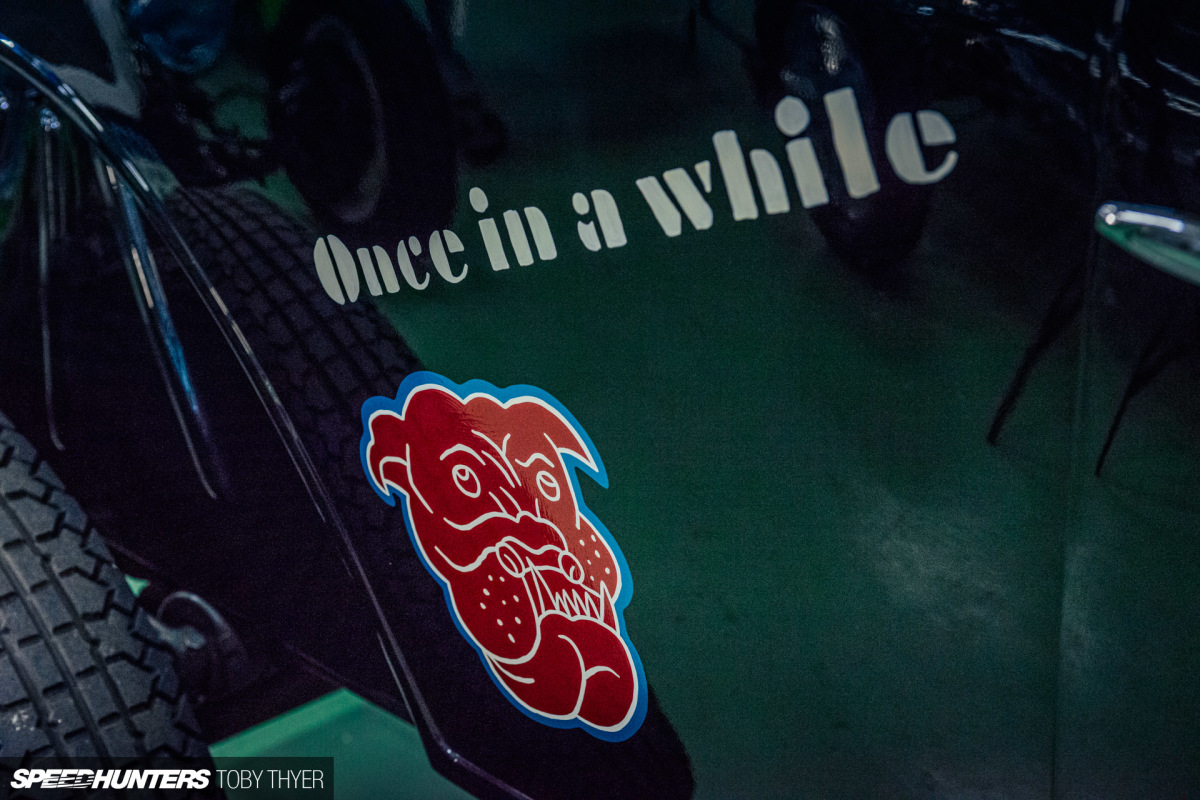
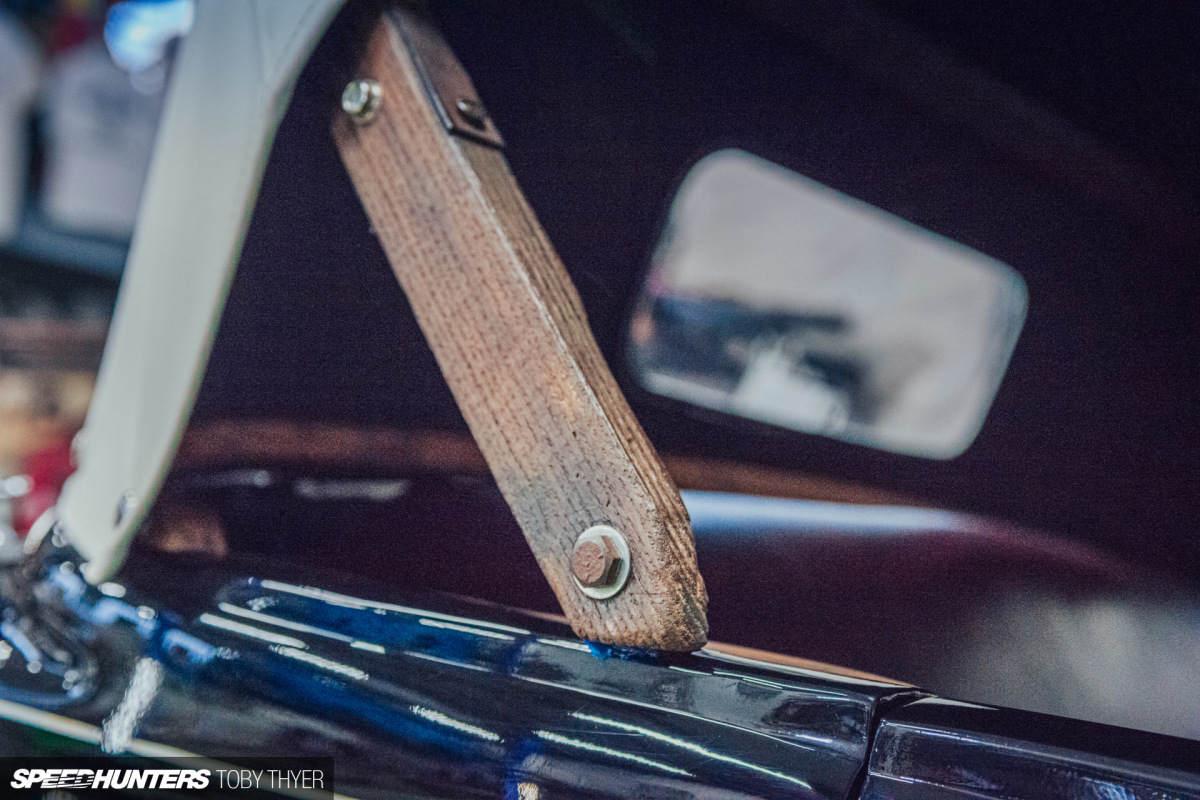
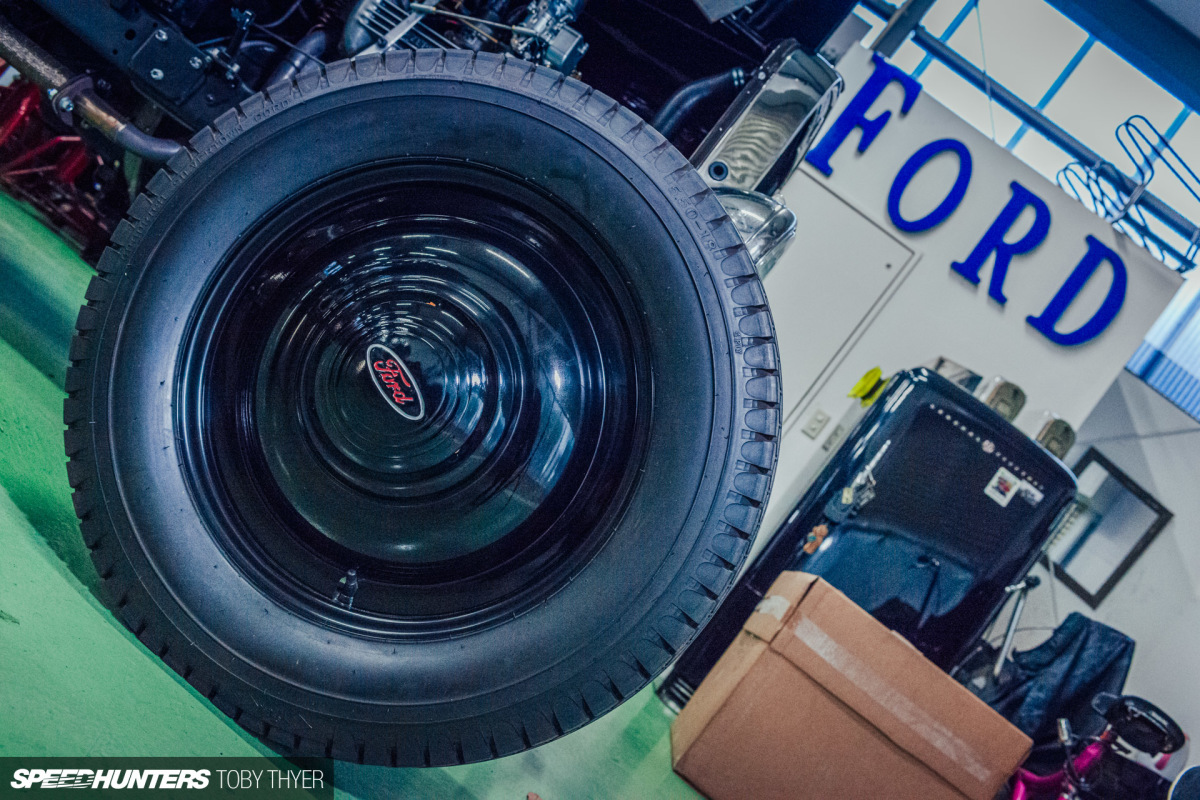
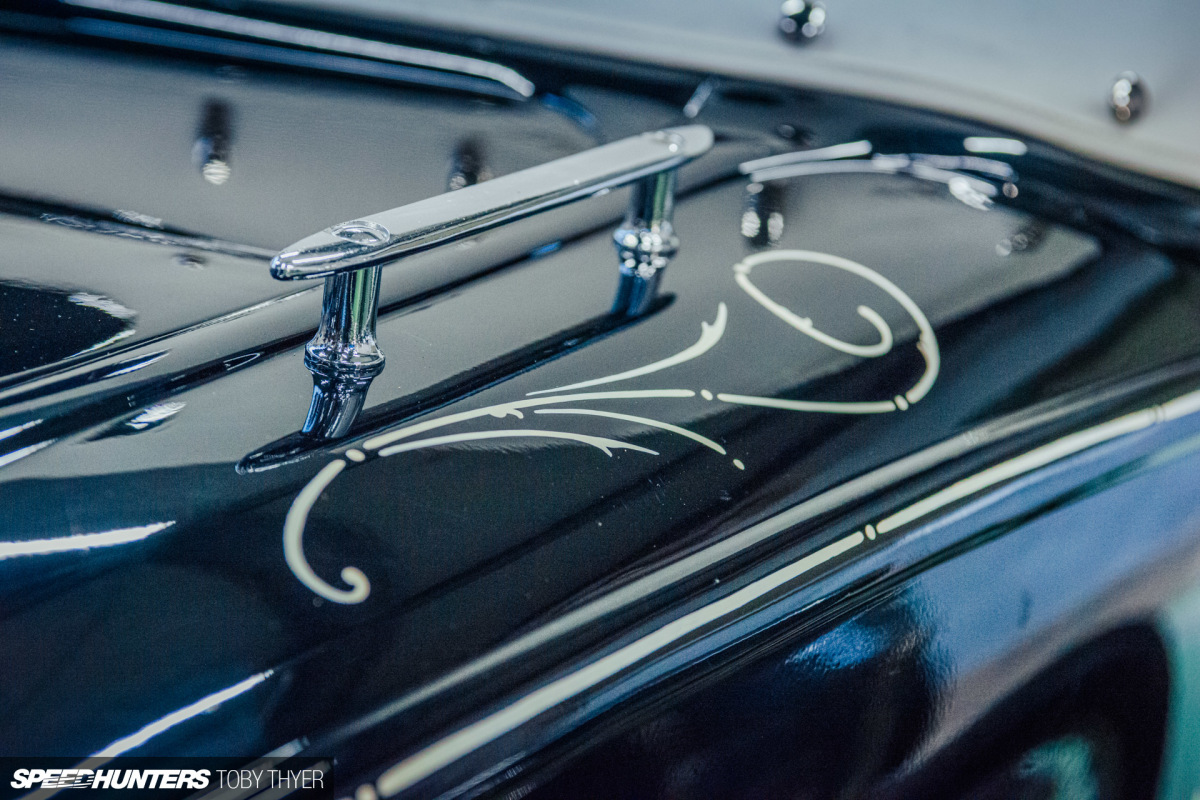
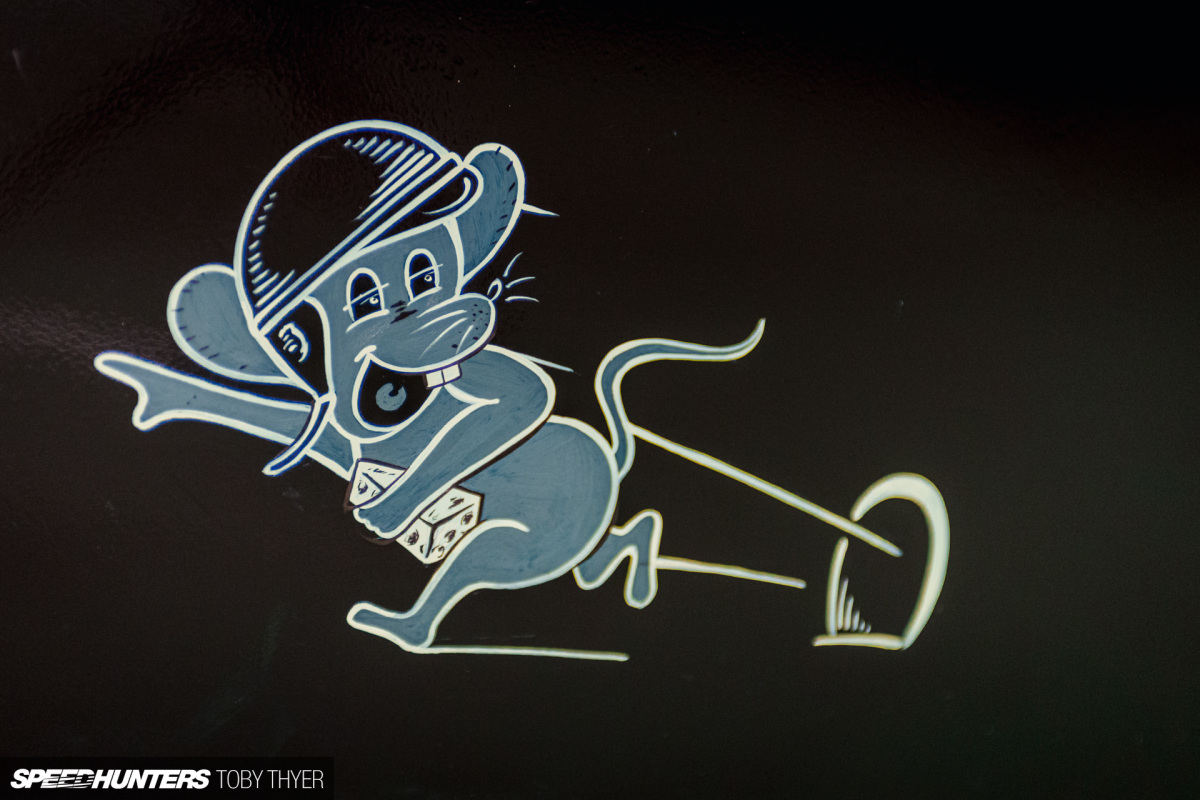
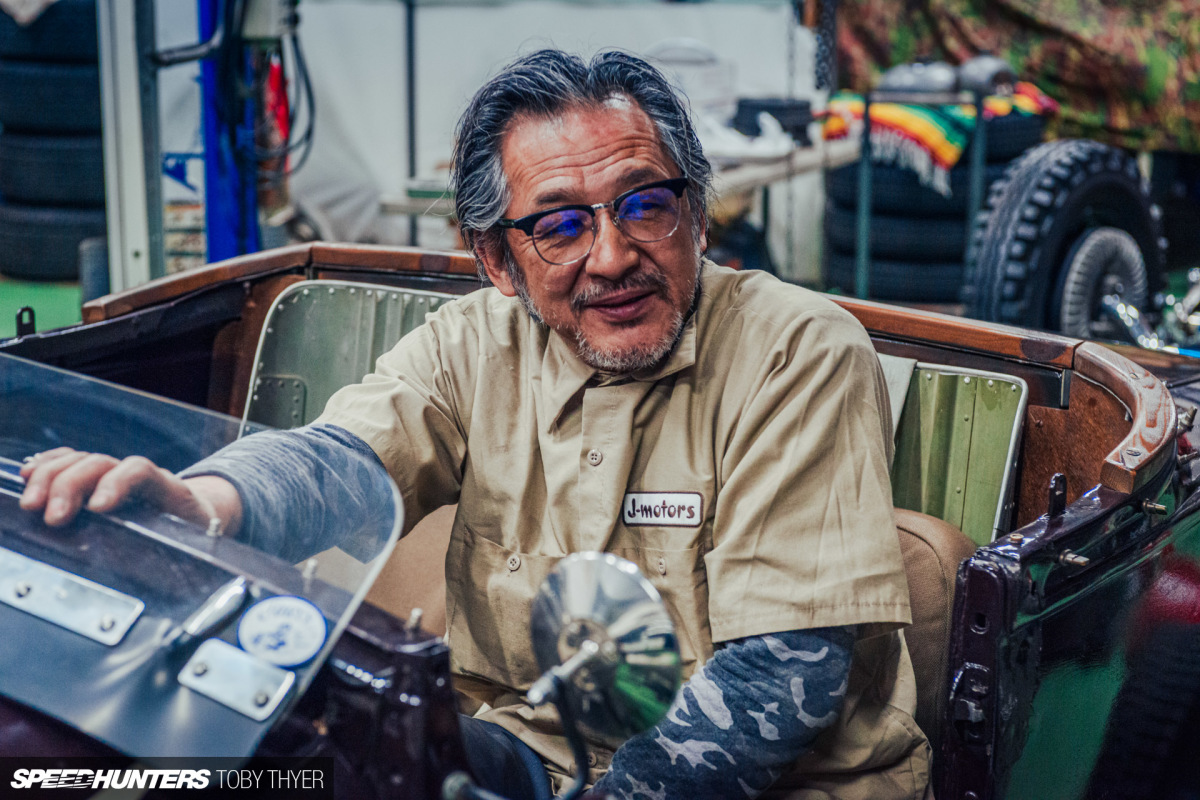
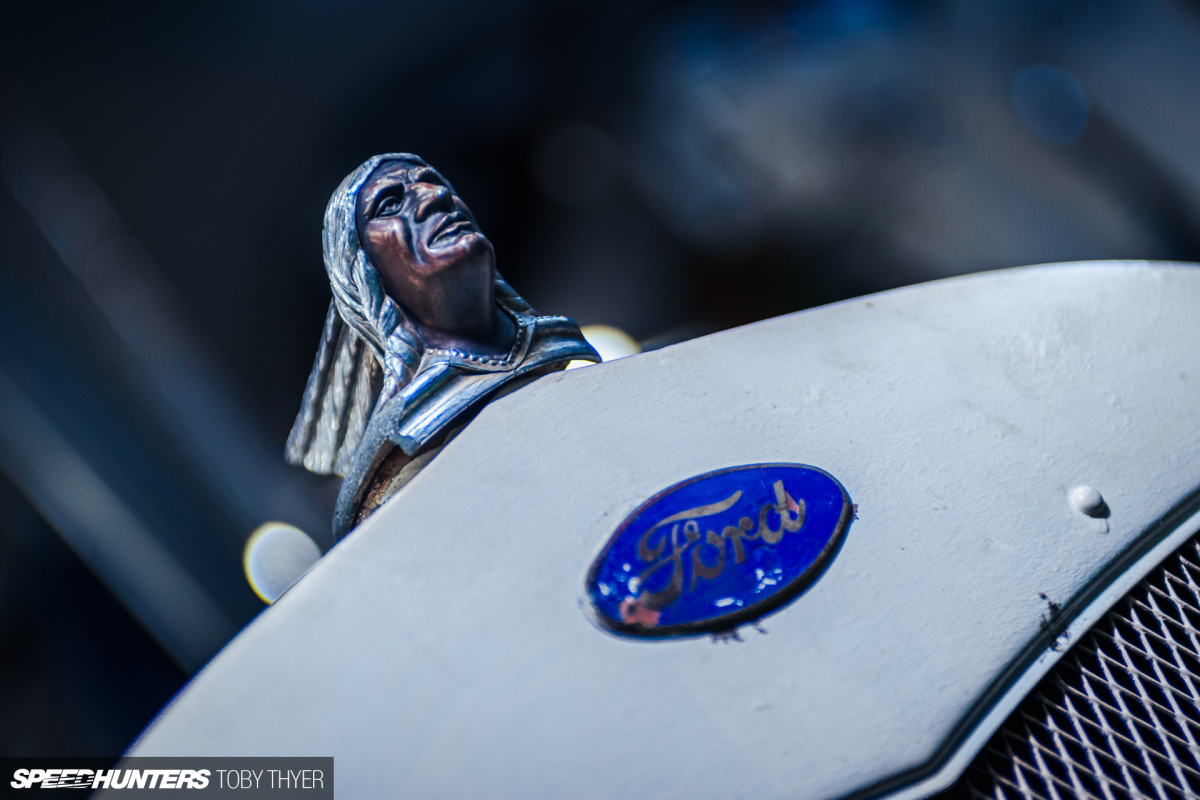
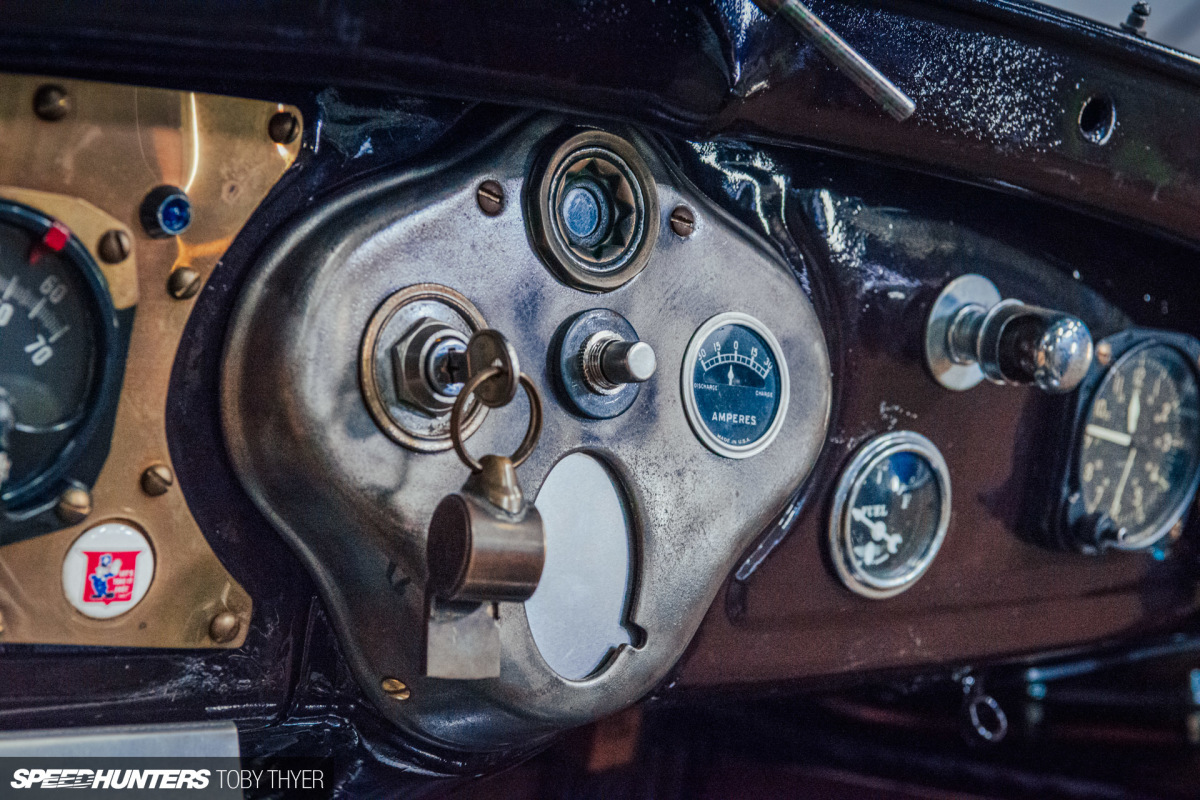
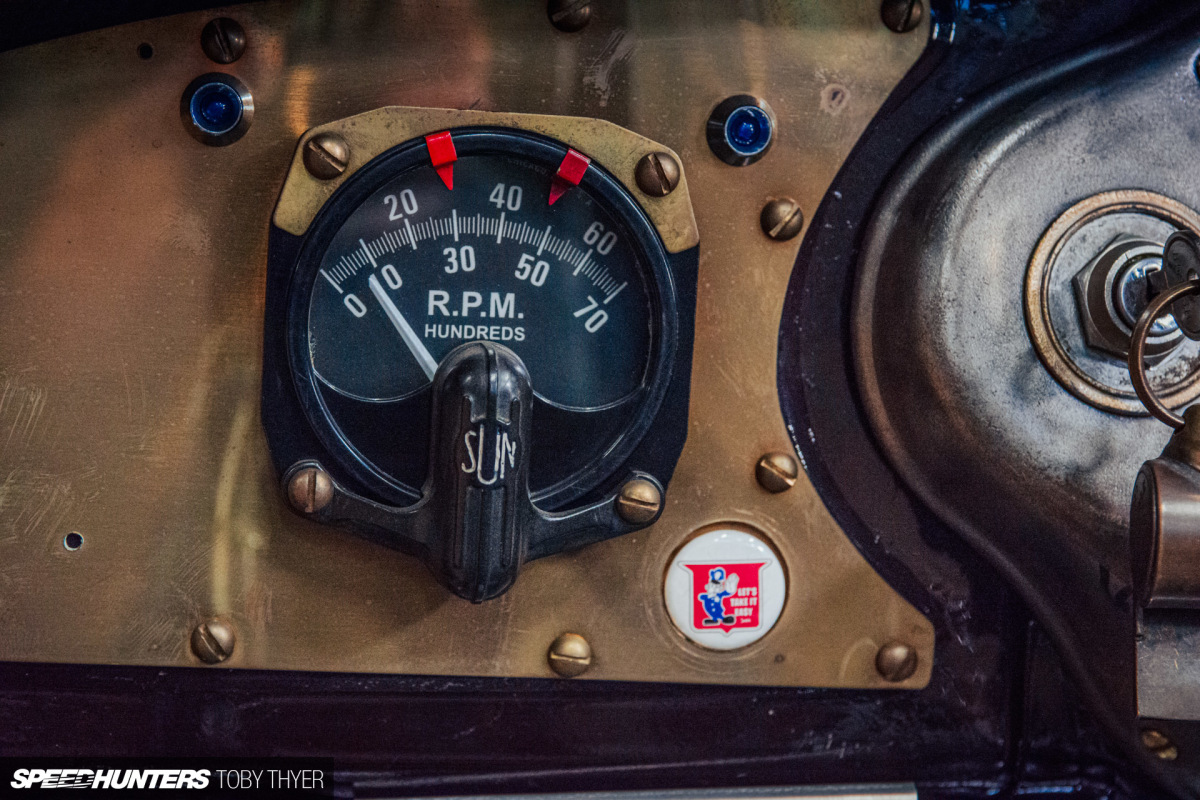
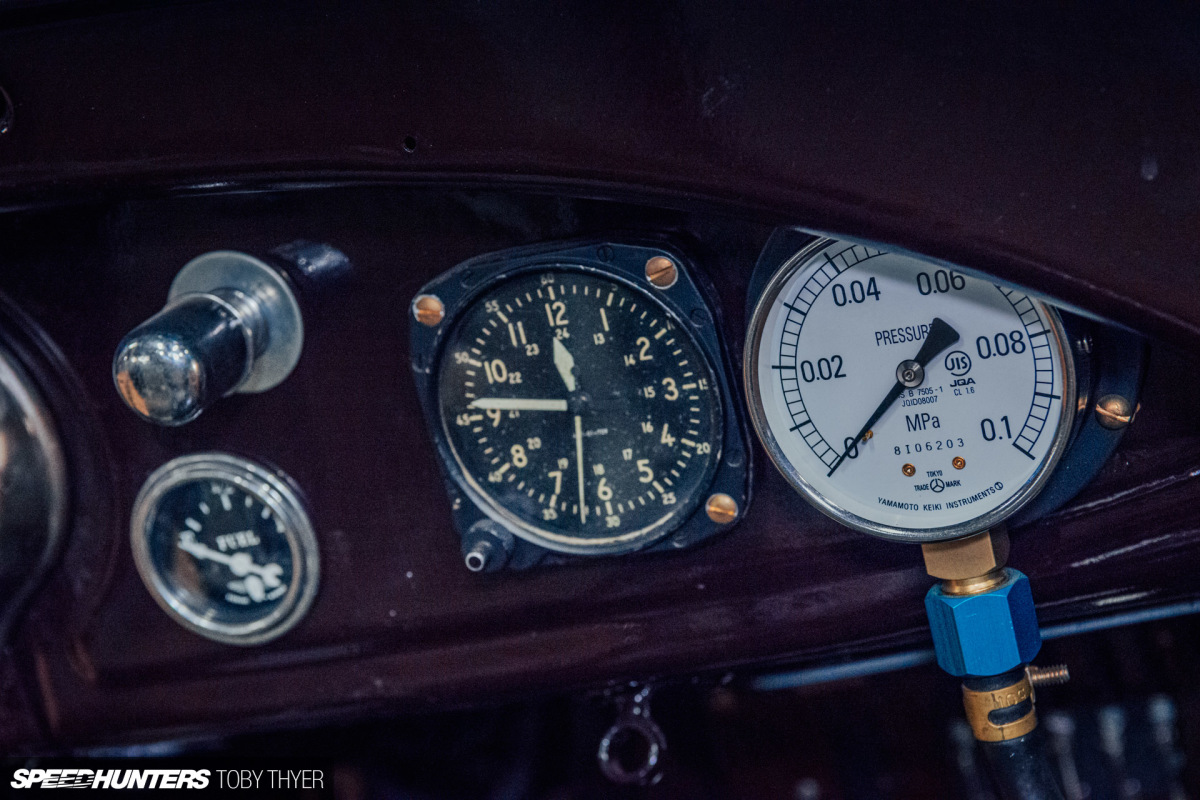
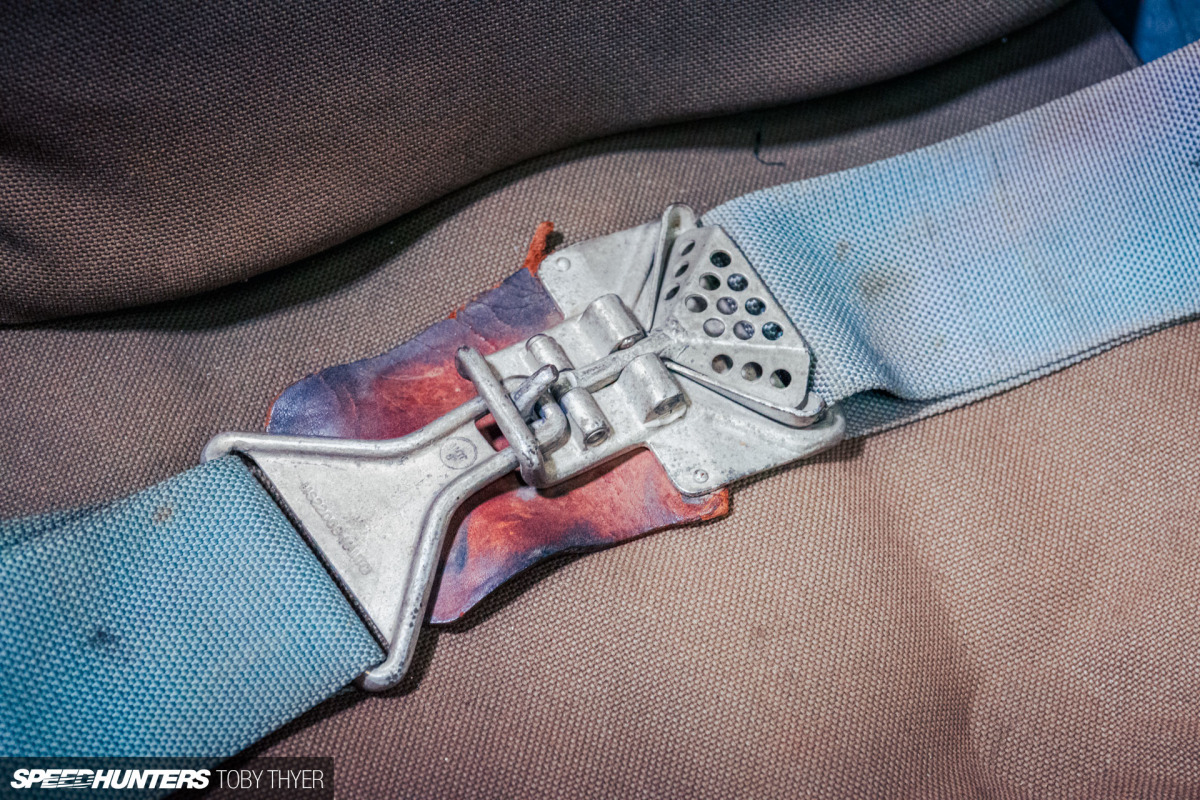

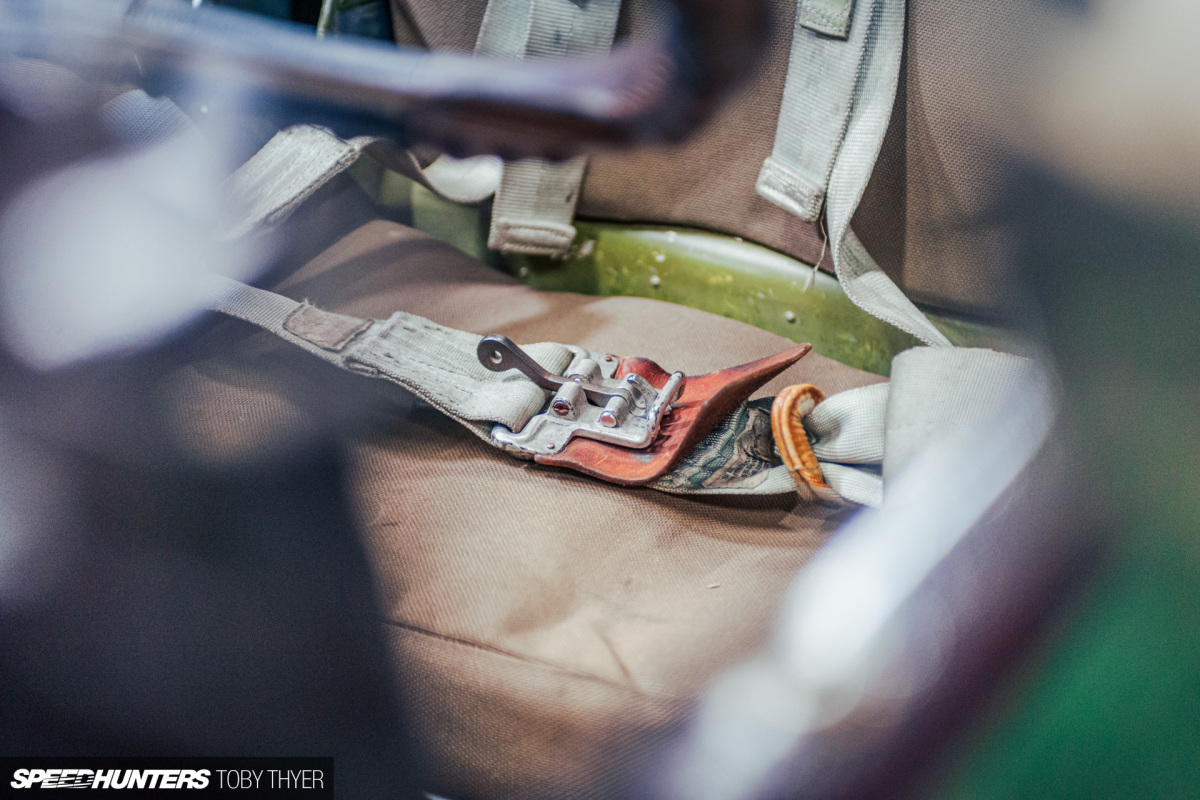
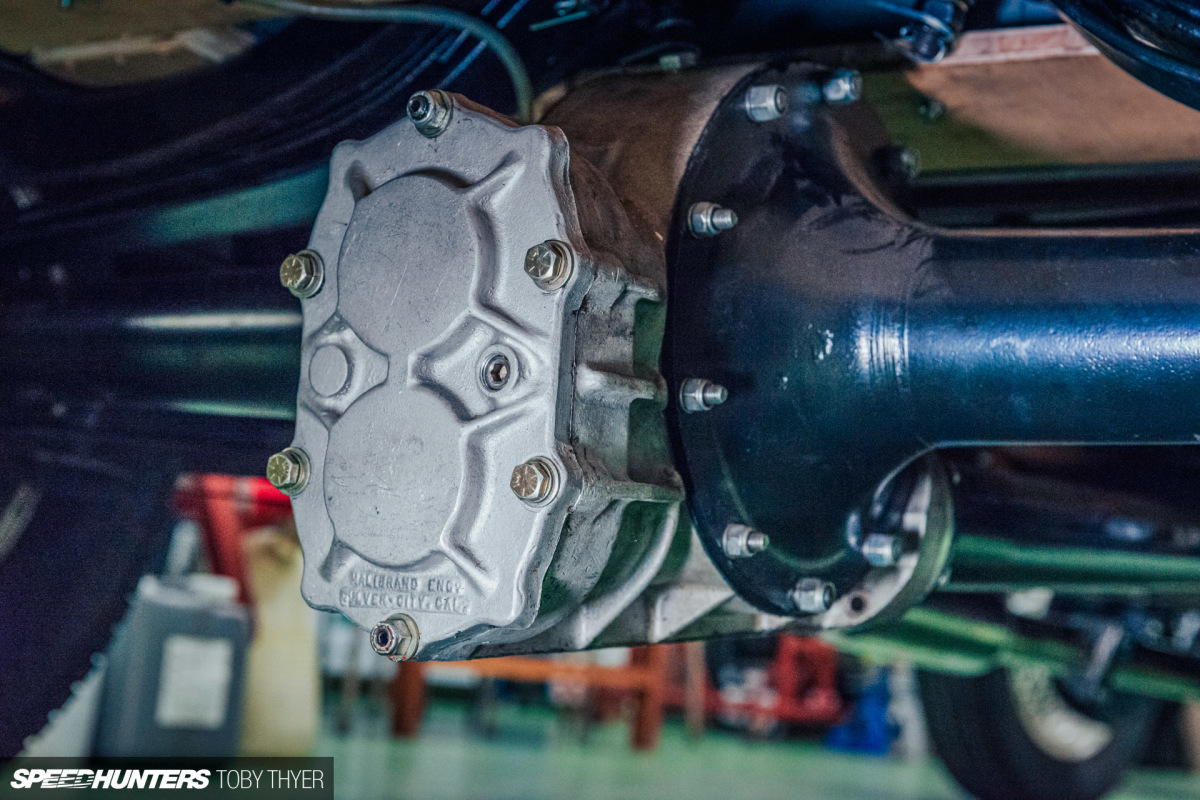
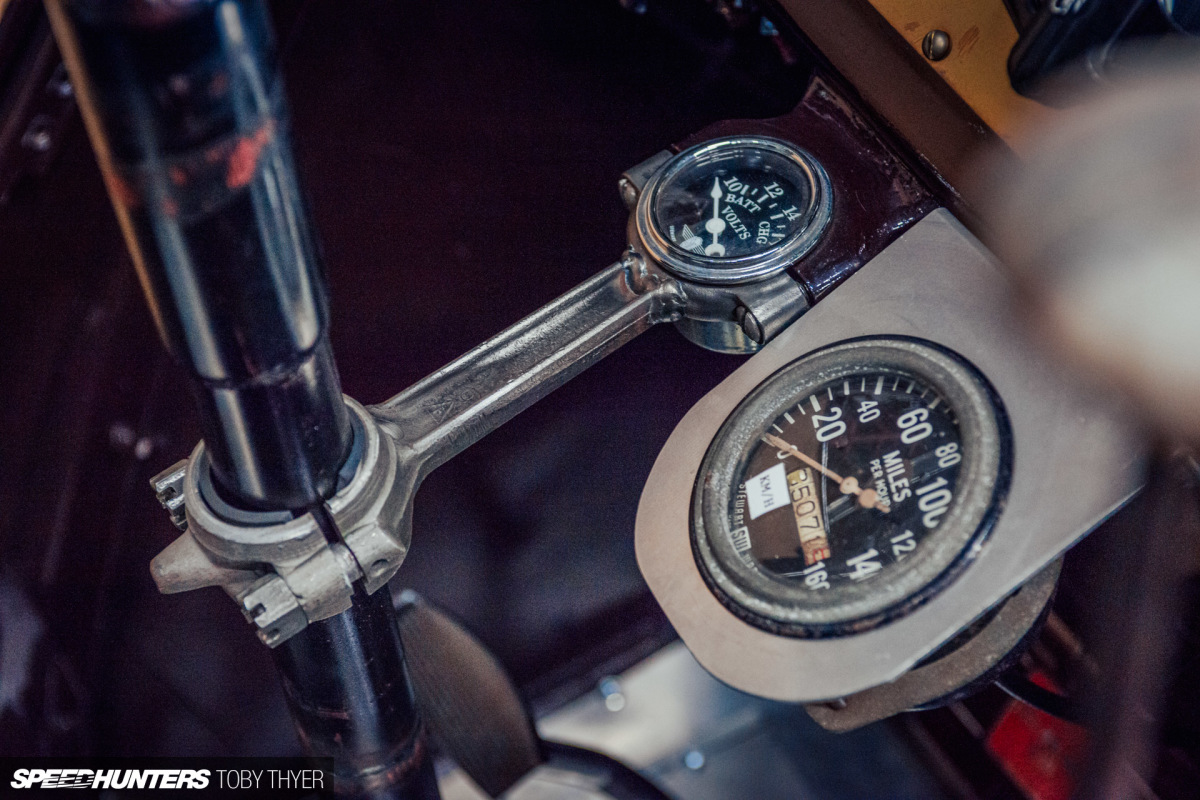
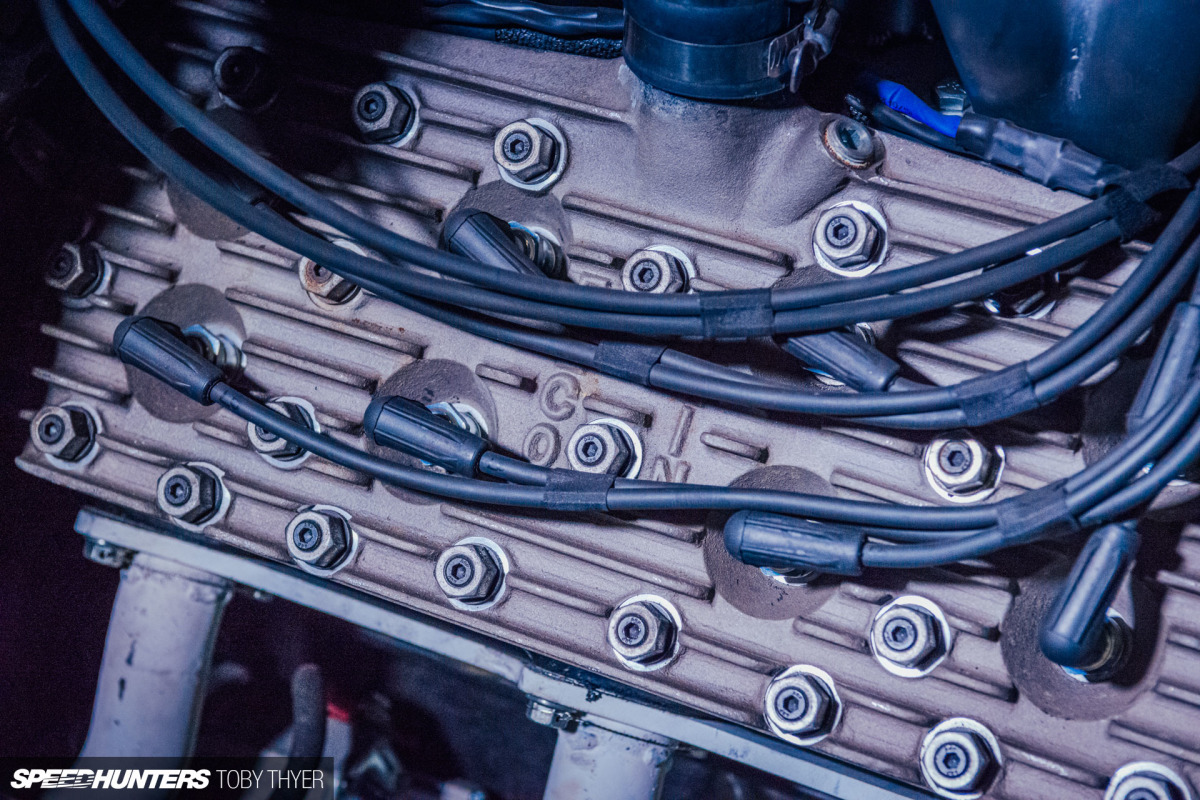
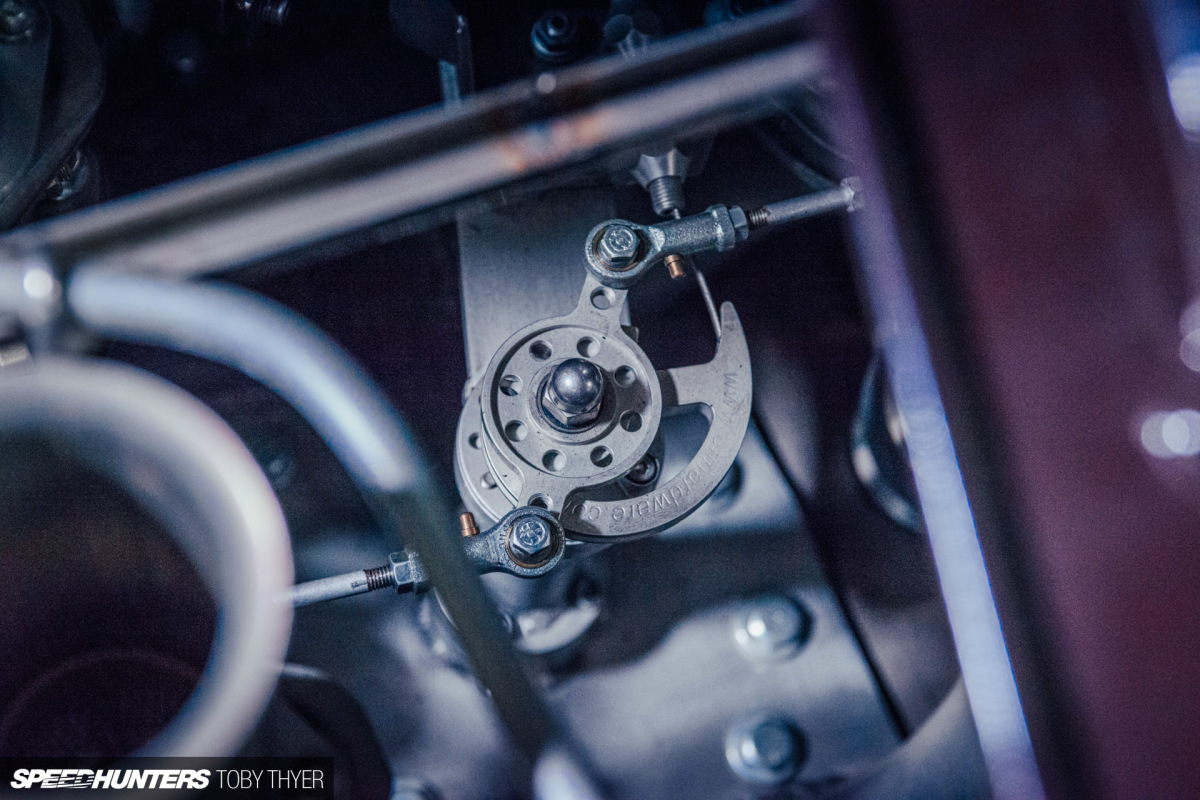
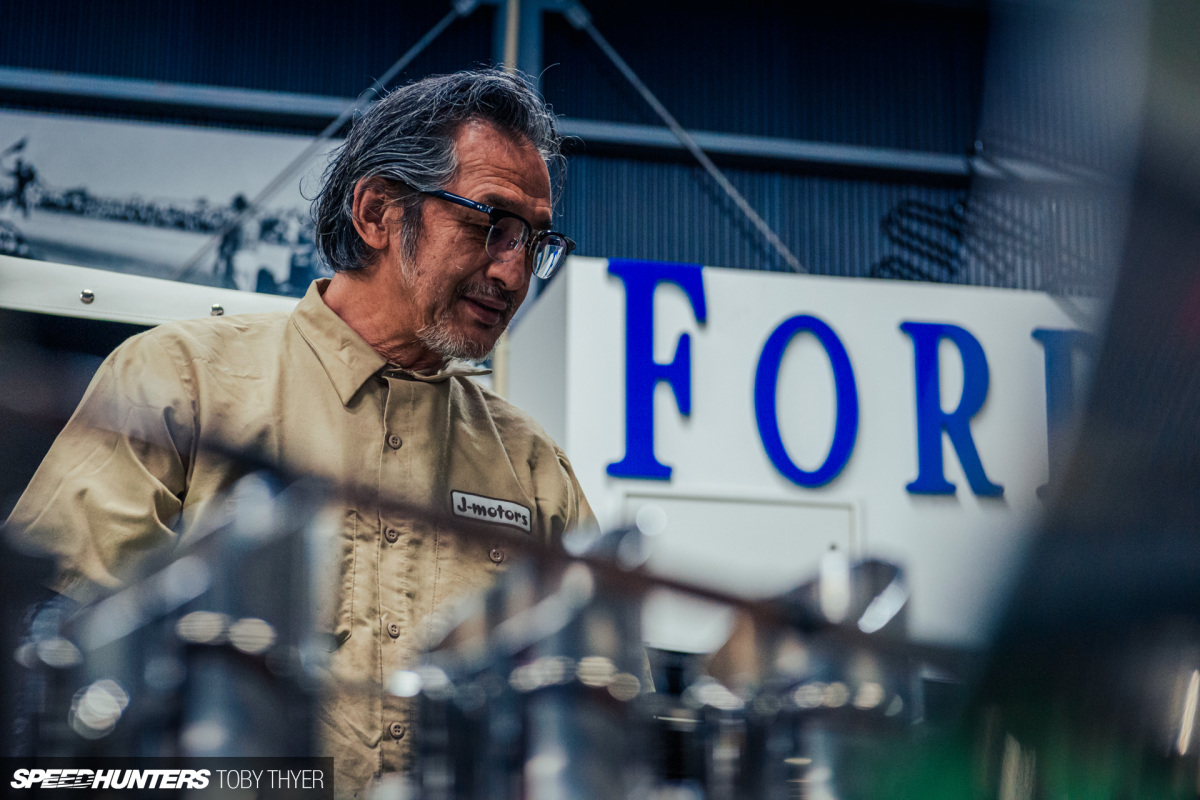
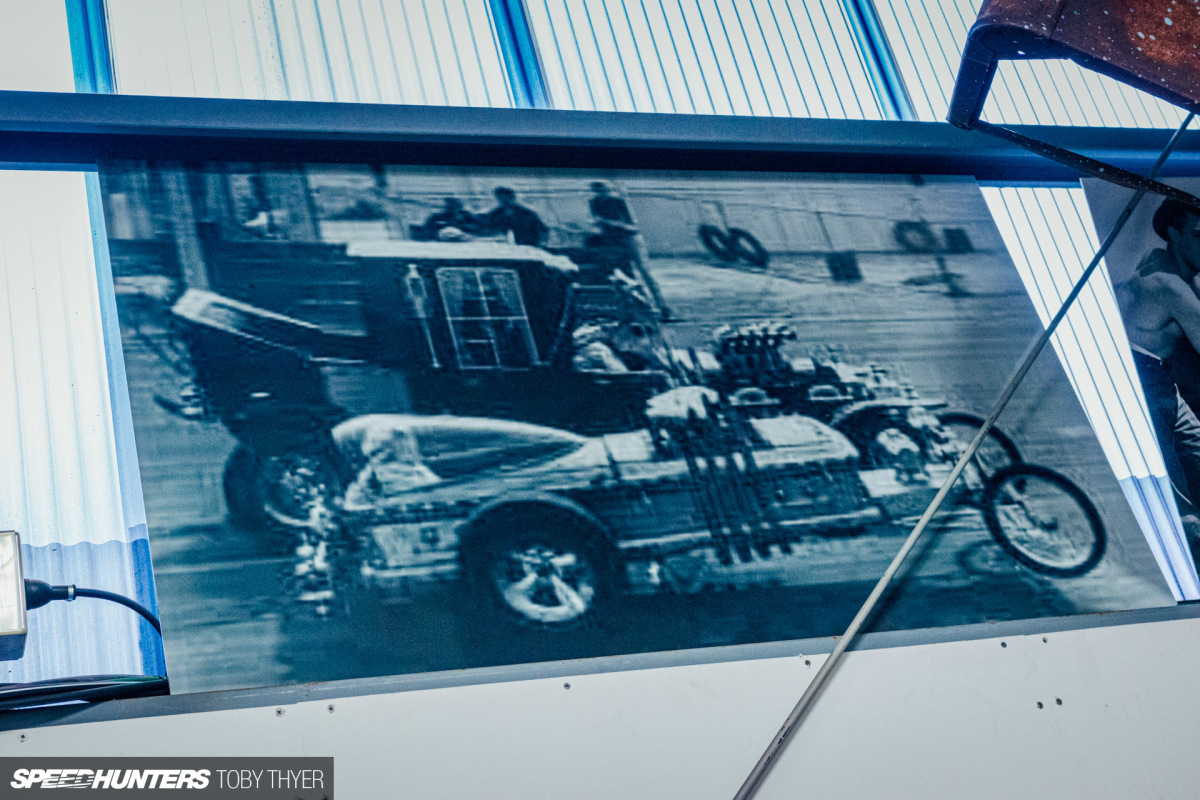
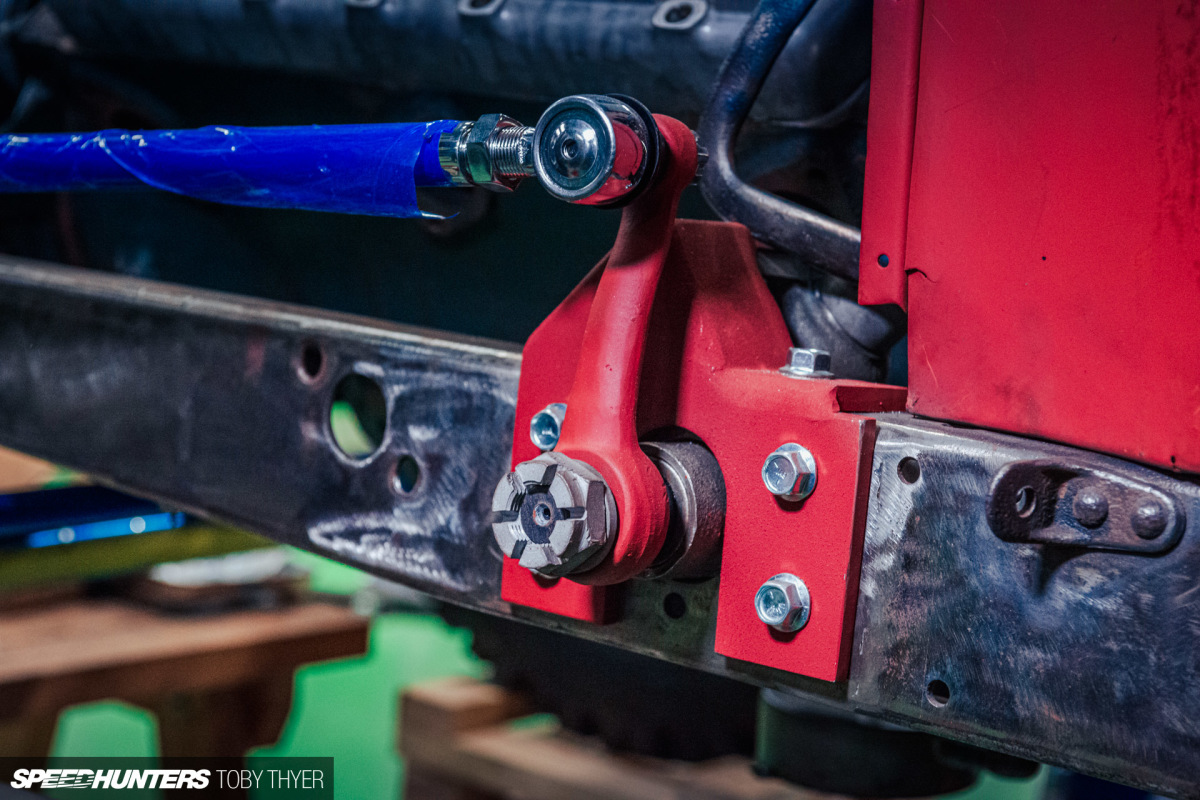
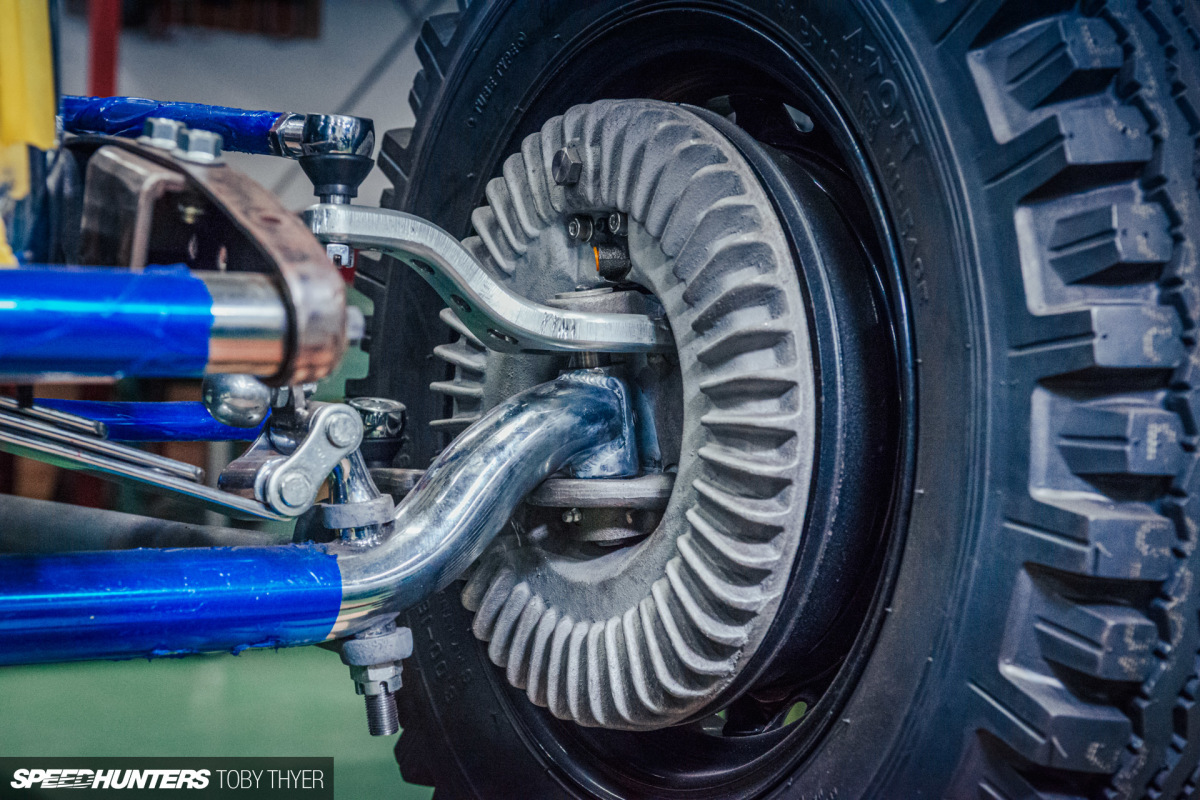
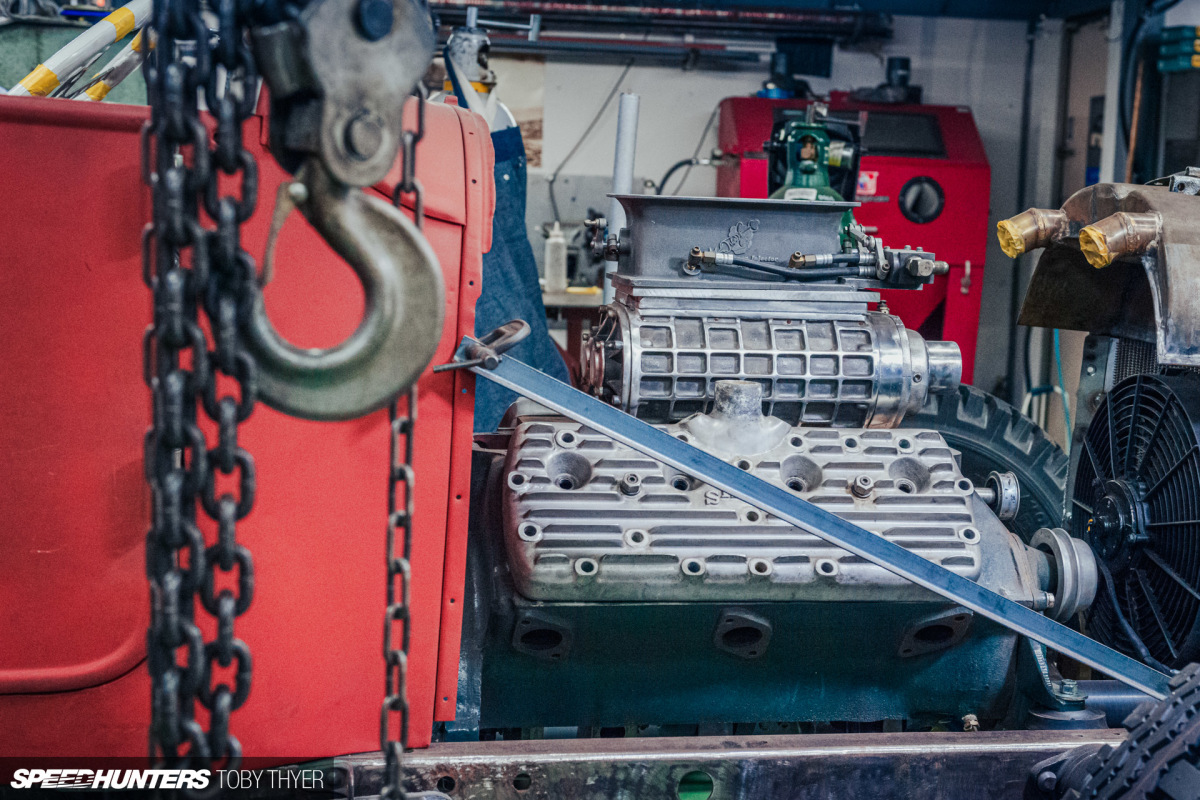
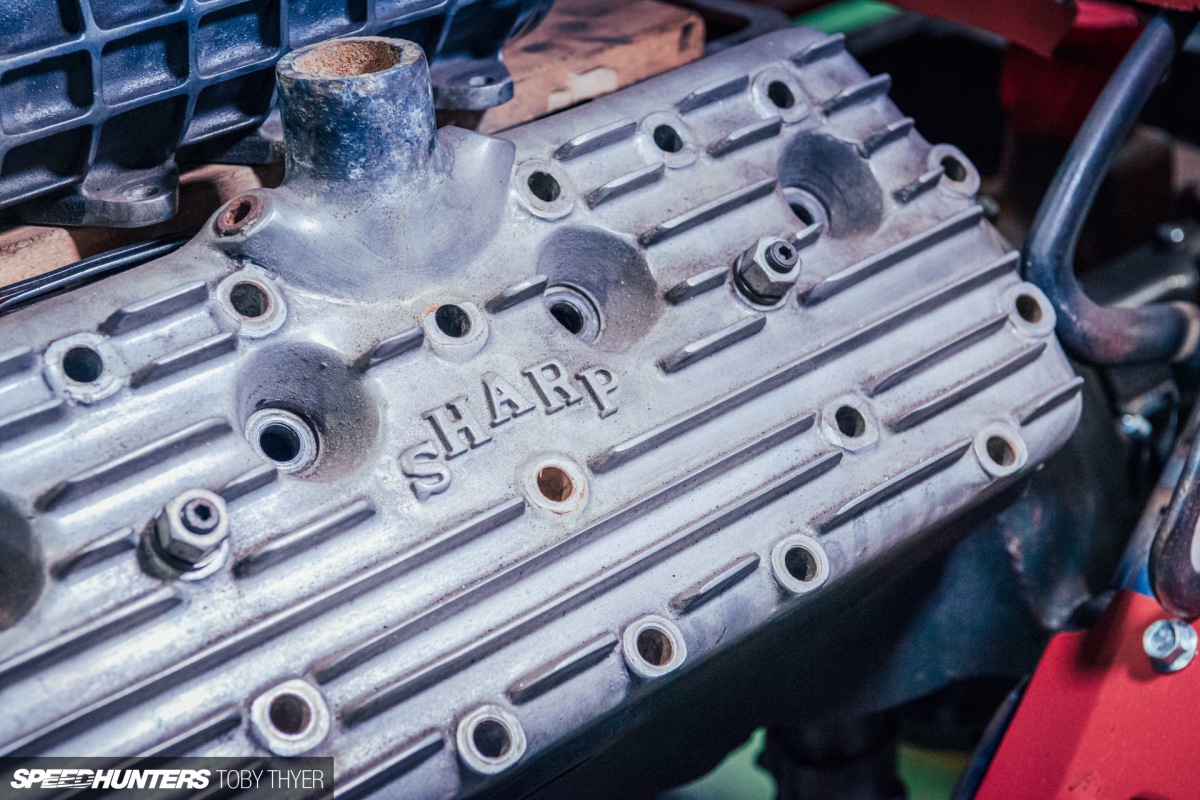
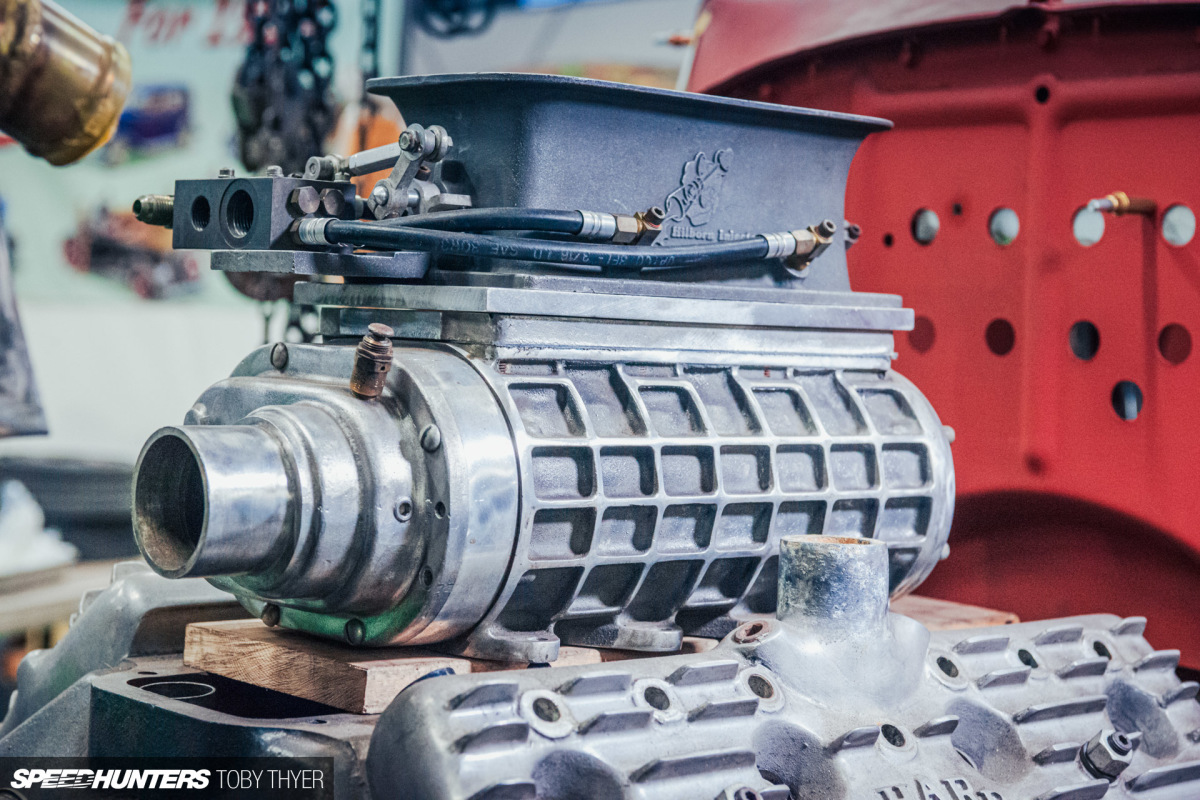
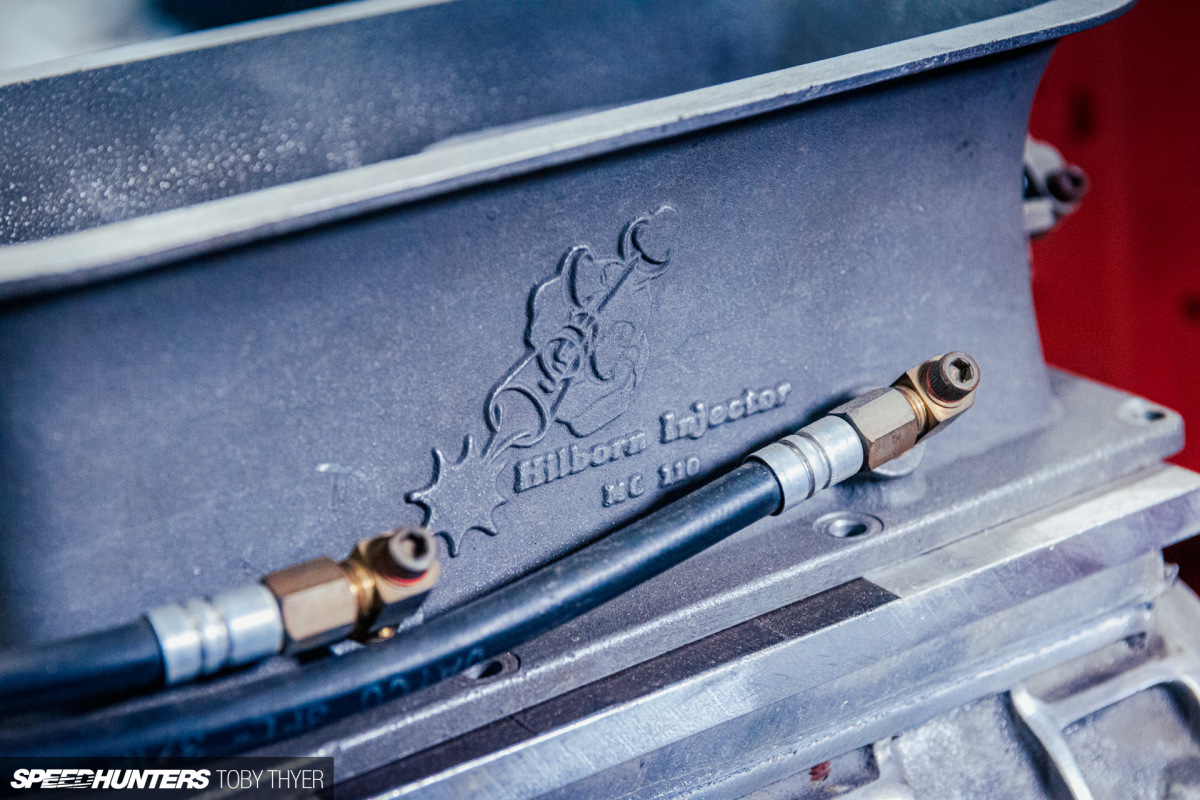
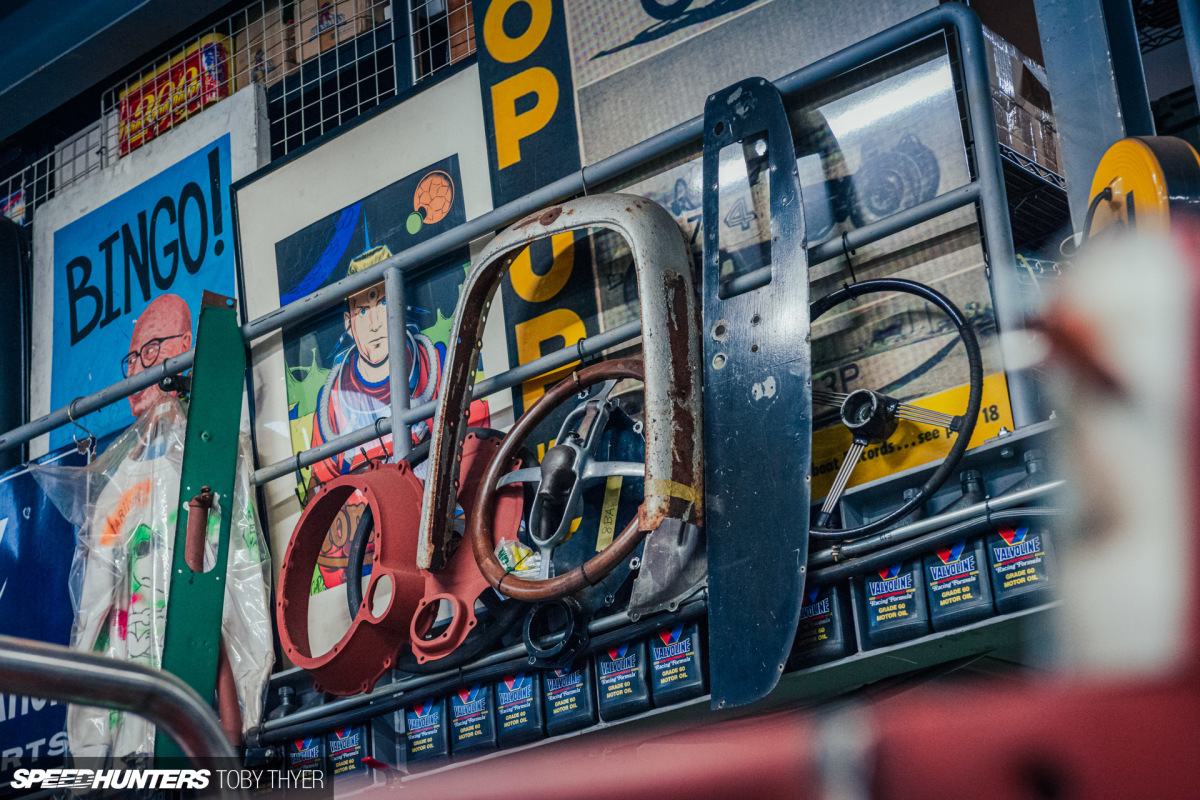
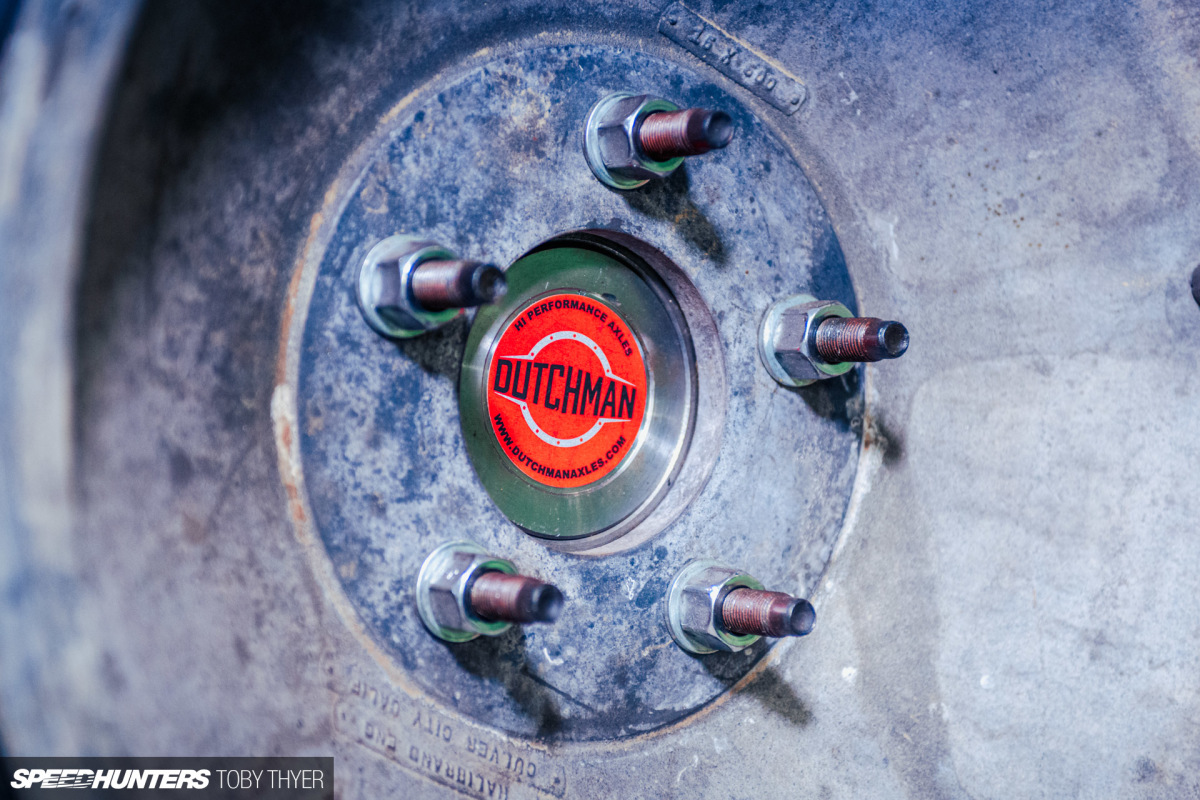
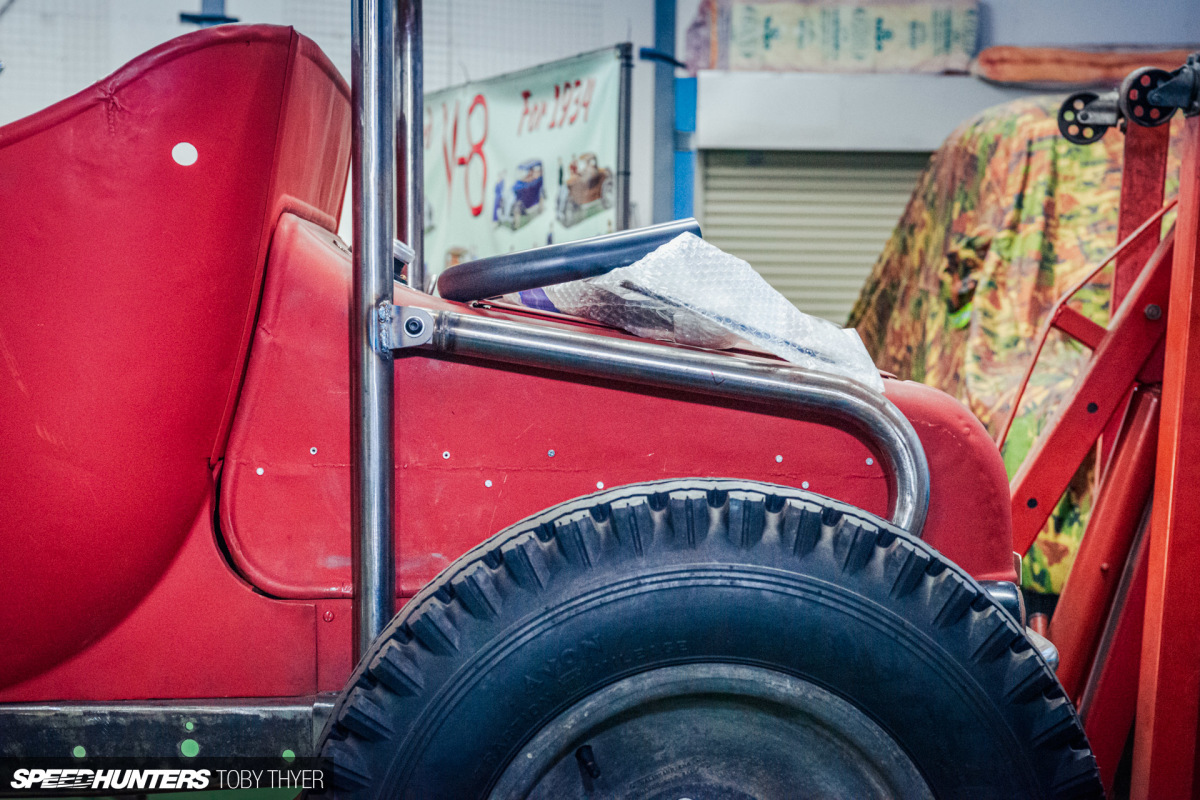
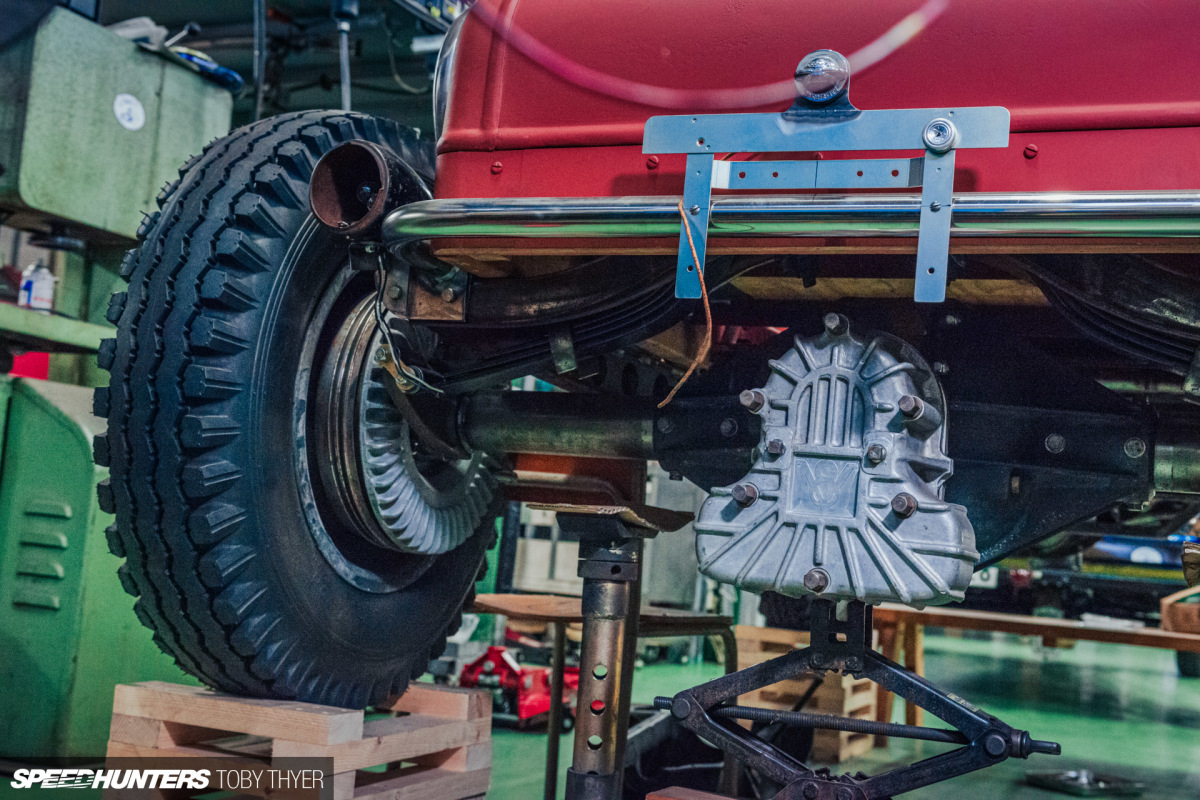
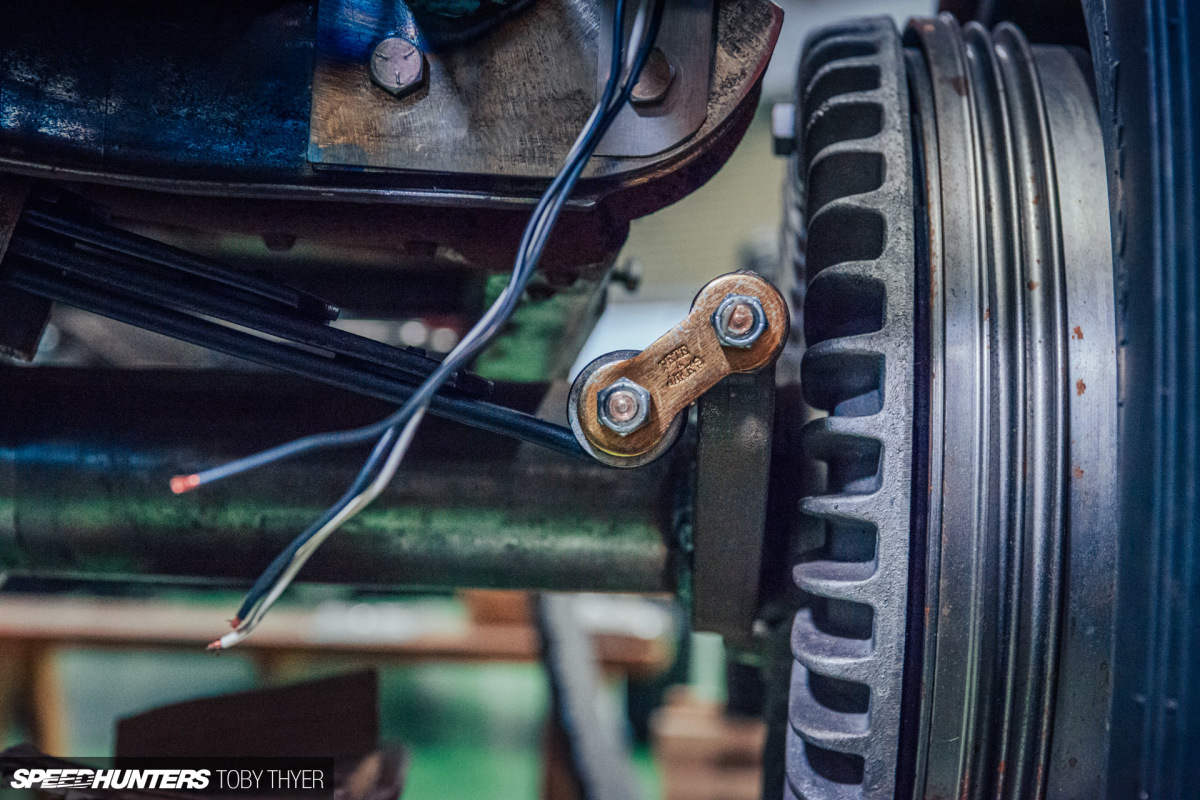





The last car is a model t, not a model a. The black car in the shop is a model b and the flamed one is a model a
Google now pays $ 22758 - $32496 a month to work online from home. I'm very happy because I have to make a lot of money at home and receive $ 6839 a week. Even those who are new can easily earn $ 550 per day, anyone can do this job and make more revenue online part-time just follow the website ..
............................. >>>>>>>>>>>>>>>>>> www.buzz25.com
It's damn cool to see a feature on someone who actually works on cars and puts in functional stuff instead of air bags and stretched tires.
11/10 shop setup, I love that vette, the engine going in is gorgeous. Just the right mix of polish and raw machining.
When you look at the flathead-powered cars and it hits you just dangerous "fast" was back then, you're overcome by the fact that either those guys had balls of steel, or we modern gearheads are a bunch of bedwetting nancies for thinking we NEED big disc brakes and independent suspensions and sticky tires.
surviving 1 or 2 WW a car with sh!ty brakes and traction is a cup of tea. Plus, adrenaline junkies are the worst type even today.
Fast cars today are making over 10x the power. Without better brakes, tires and suspension, the carnage would be unreal.
Blown injected flathead on the dirt track. Hot damn that will be a thing of brutal beauty.
Great article, need more like it
You've done a fantastic job of bringing a really interesting character and his space to life. I know it's not what most of us are here for, but I really love seeing these other facets of Japanese Motoring culture. Especially when they're so well presented. More please.
Cheers Matt
Excellent pictures & writeup ona terriffic shop. Speedhunters needs more articles like this!

How about another visit to the shop to specifically cover the black full-fendered Deuce 5-window coupe?
One note: The ARDUN (a contraction of ARkus-DUNtov) heads were developed & manufactured by brothers Zora and Yura Arkus-Duntov. The heads had hemispherical combustion chambers & large intake valves, but used the Ford block, camshaft and valvetrain. Zora went on to GM to play a major role in developing the Chevrolet small-block V-8 and more so, the Corvette.
The drag racing photo mentioned shows the 2 cars from "The Munsters" tv show; the Munster Koach and Dragula, both built by George Barris. Great article!
creditted to barris, all he did was claim other builders work as his own. Barris was a fraud and also a danger to women. His hands may not of touched the cars he claimed but they sure groped a lot of unwilling women.
I was sure Sehoji-san said it was the red modelT, I’ll ask him again next time I see him. I thought the body looked different…
80 years from now our world will have changed so drastically, that no one will run cars in the way we do at the moment anymore. Besides that, this story is awsome. Sehoji-san and his comittment is stunning. What triggers me most is the Panhard. Those cars where way ahead of their time. Lightweight, highly aerodynamic and relativly fast running the smallest of engines with the lowest of consumption. The Brand stopped Production already 1967. Being born in 66 those cars where already very rare if not exotic when I grew up also due to low production numbers. Seeing one decades later in that condition "on the other side of the world" in real, is wonderful and shows even more what a unique Caracter Sehoji-san seems to be. Thank you for this astounding piece of Motor-Journalism.